Our verdict
- Top pick in best basketball trainers
- Top pick in best leather trainers
Pros
- Legendary silhouette
- Adds +1000 points to style
- Fantastic wear resistance
- Very firm and grounded platform
- A Zoom Air unit adds a touch of bounce
- Very secure foothold
- Excellent value for money
- True to size
- Impressive traction on dry and wet
Cons
- Leather creases easily
- Takes a while to break in
- Not for all-day wear
- Not for all-day wear
Audience verdict
- Top 30% most popular trainers
Comparison
The most similar trainers compared
+ + Add a shoe | |||||
|---|---|---|---|---|---|
| Audience score | 91 Great! | 91 Great! | 91 Great! | 92 Great! | |
| Price | £130 | £130 | £125 | £120 | |
| Style | ClassicRetroSporty | ClassicSporty | ClassicRetroSporty | ClassicRetroSporty | |
| Shock absorption | Low | - | - | Low | |
| Energy return | Low | - | - | Moderate | |
| Traction | High | - | - | Moderate | |
| Breathability | Warm | Warm | Warm | Moderate | |
| Weight lab | 14.5 oz / 411g | 16.4 oz / 464g | 17 oz / 482g | 14.8 oz / 420g | |
| Size | True to size | True to size | True to size | True to size | |
| Midsole softness | Balanced | Firm | Balanced | Firm | |
| Material | Cup SoleLeather | Leather | Leather | Cup SoleLeather | |
| Season | SpringFall | Winter | Winter | SpringFall | |
| Inspired from | Basketball | Basketball | Basketball | Basketball | |
| Width / fit | Medium | Medium | Medium | Medium | |
| Toebox width | Medium | Narrow | Medium | Medium | |
| Leather/suede quality | Real leather | - | Real leather | Real leather | |
| Toebox durability | Decent | Good | Good | Decent | |
| Heel padding durability | Decent | Decent | Good | Decent | |
| Outsole durability | Good | Decent | Good | Decent | |
| Heel stack lab | 22.9 mm | 30.0 mm | 30.1 mm | 23.1 mm | |
| Stiffness | Moderate | Stiff | Stiff | Moderate | |
| Tongue padding | Average | Average | Average | Average | |
| Drop lab | 11.1 mm | 10.0 mm | 11.8 mm | 7.6 mm | |
| Forefoot | 11.8 mm | 20.0 mm | 18.3 mm | 15.5 mm | |
| Removable insole | ✓ | ✓ | ✓ | ✓ | |
| Heel tab | None | Pull tab | None | None | |
| Torsional rigidity | Moderate | Stiff | Stiff | Moderate | |
| Heel counter stiffness | Stiff | Moderate | Stiff | Moderate | |
| Closure | Laces | Laces | Laces | Laces | |
| Top | Low top | Low top | Low top | Low top | |
| Ranking | #57 Top 48% | #59 Top 49% | #53 Top 44% | #36 Top 30% | |
| Popularity | #36 Top 30% | #101 Bottom 16% | #94 Bottom 22% | #21 Top 18% |
Who should buy
Apart from sneaker fans who enjoy the perennial appeal of the Air Jordan 1 Low, we can highly recommend this iconic shoe to people who:
- want a well-built leather sneaker that's going to last
- love "Bred" colour blocking (a nod to the Chicago Bulls official colours)
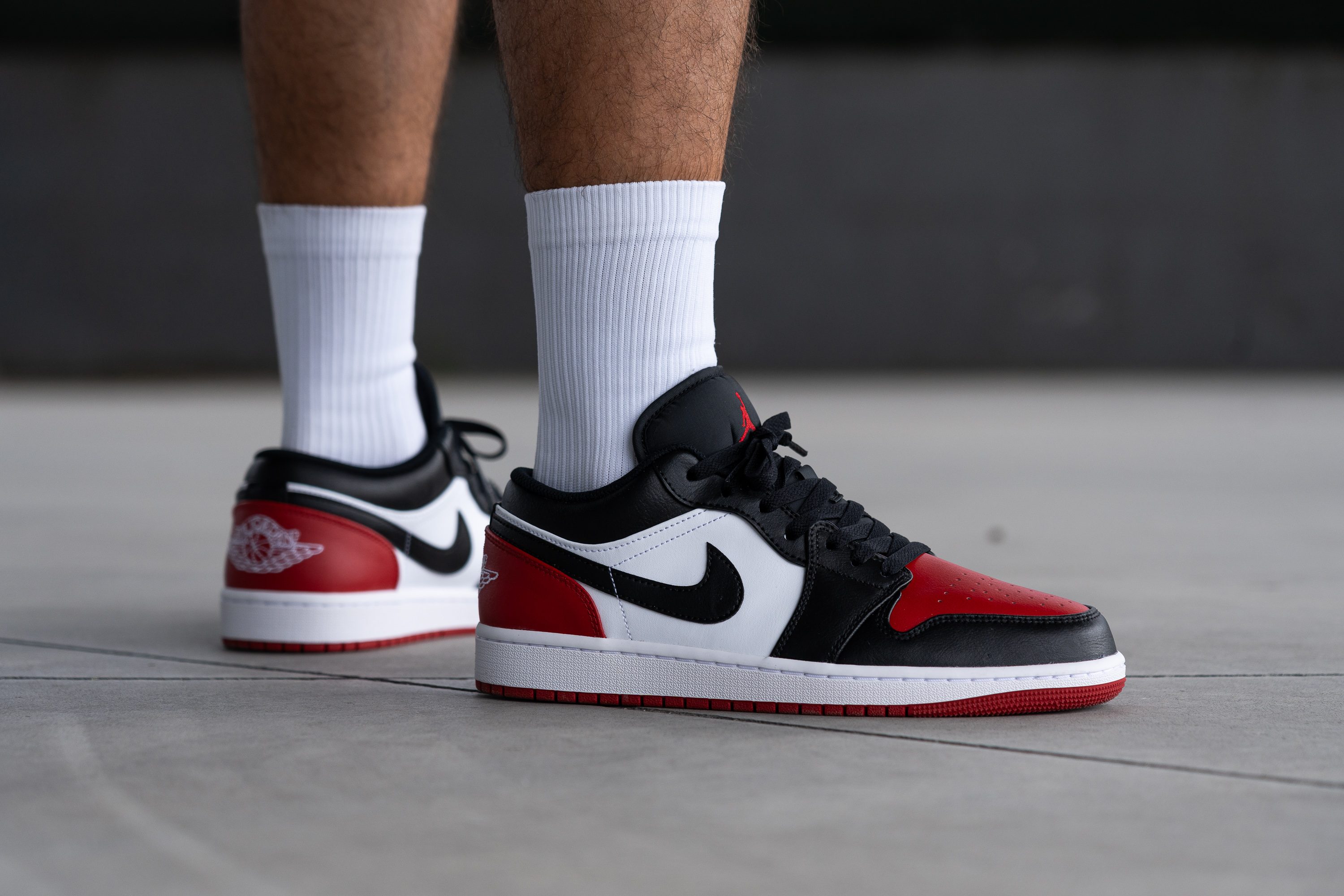
Who should NOT buy
One reason why you may not vibe with this Air Jordan is its lack of cushioning and comfort for all-day wear. You will find the Nike Air Max 90 and the Nike Air Max Excee much friendlier to your feet after long hours.
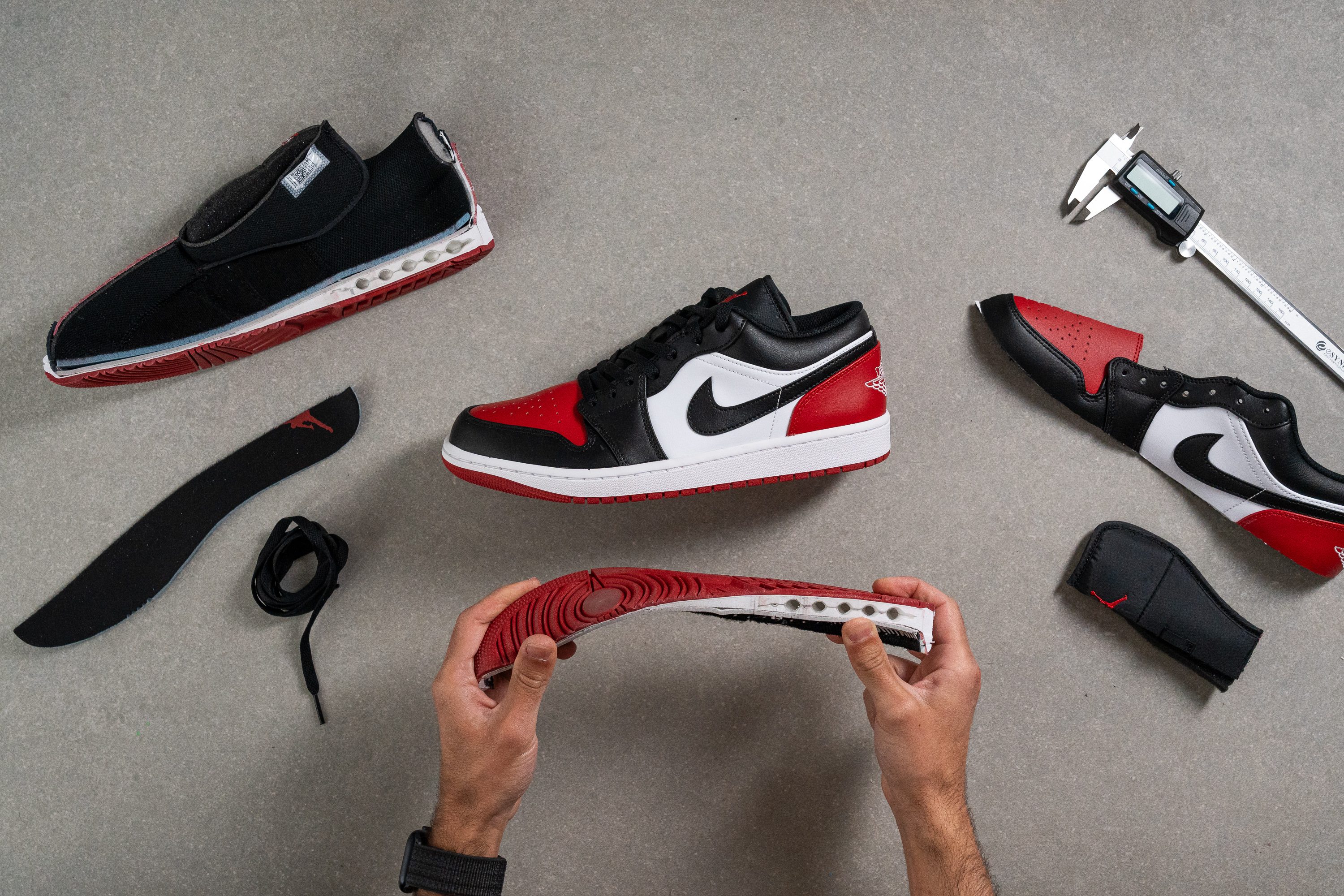
Cushioning
Shock absorption
Although the AJ 1 Low's midsole appears to be entirely made of dense foam, it actually packs a thin Air unit under the heel. The latter doesn't add a tonne of cushioning, but at least it offers some basic protection with a shock absorption reading of 70 SA.
However, that's not enough to recommend this Air Jordan sneaker for all-day wear.
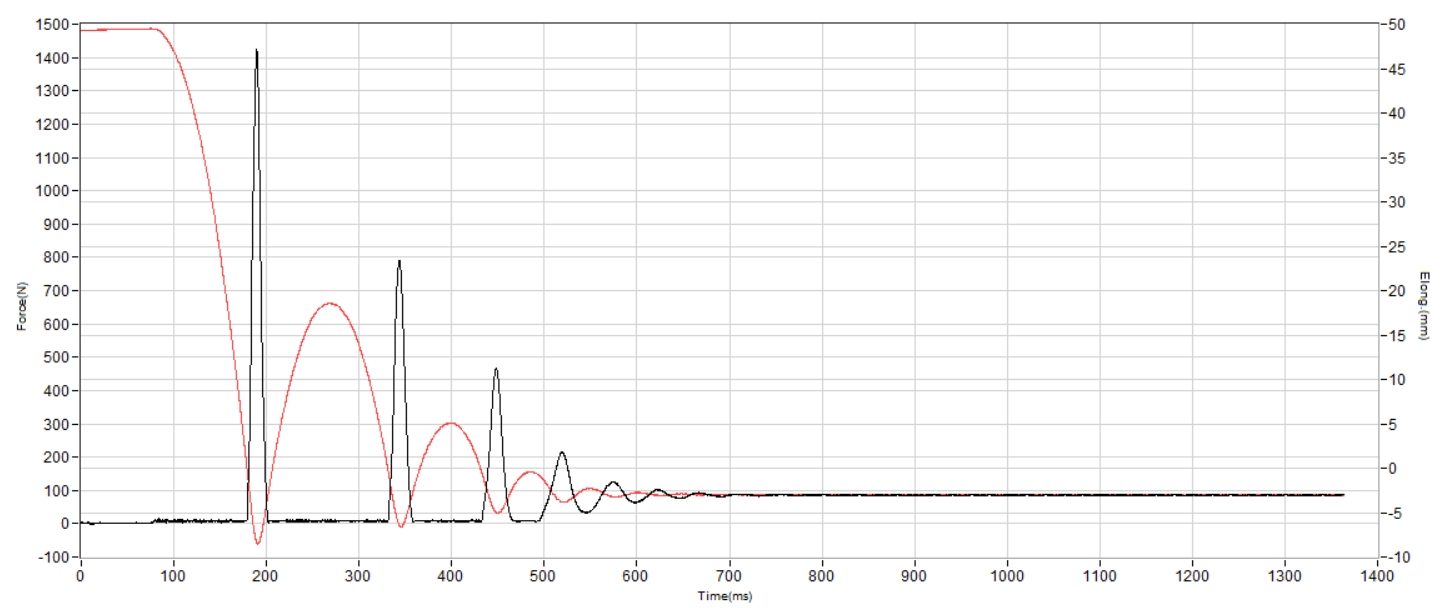
| Air 1 Low | 70 SA |
| Average | 89 SA |
Energy return
Not all Nike Air shoes feel equally comfortable and responsive, and the AJ 1 Low feels nothing like its counterparts with a minimal energy return of 43%. You can expect a rather flat and stable ride with no rebound underfoot.
| Air 1 Low | 43.3% |
| Average | 50.2% |
Heel stack
Did you know that before signing a contract with Nike back in the '80s, Michael Jordan actually preferred Adidas shoes? He found them more grounded compared to Nike.
Perhaps this explains why the Air Jordan 1 has such a low profile? The whole shoe was designed to meet Jordan's needs at the time.
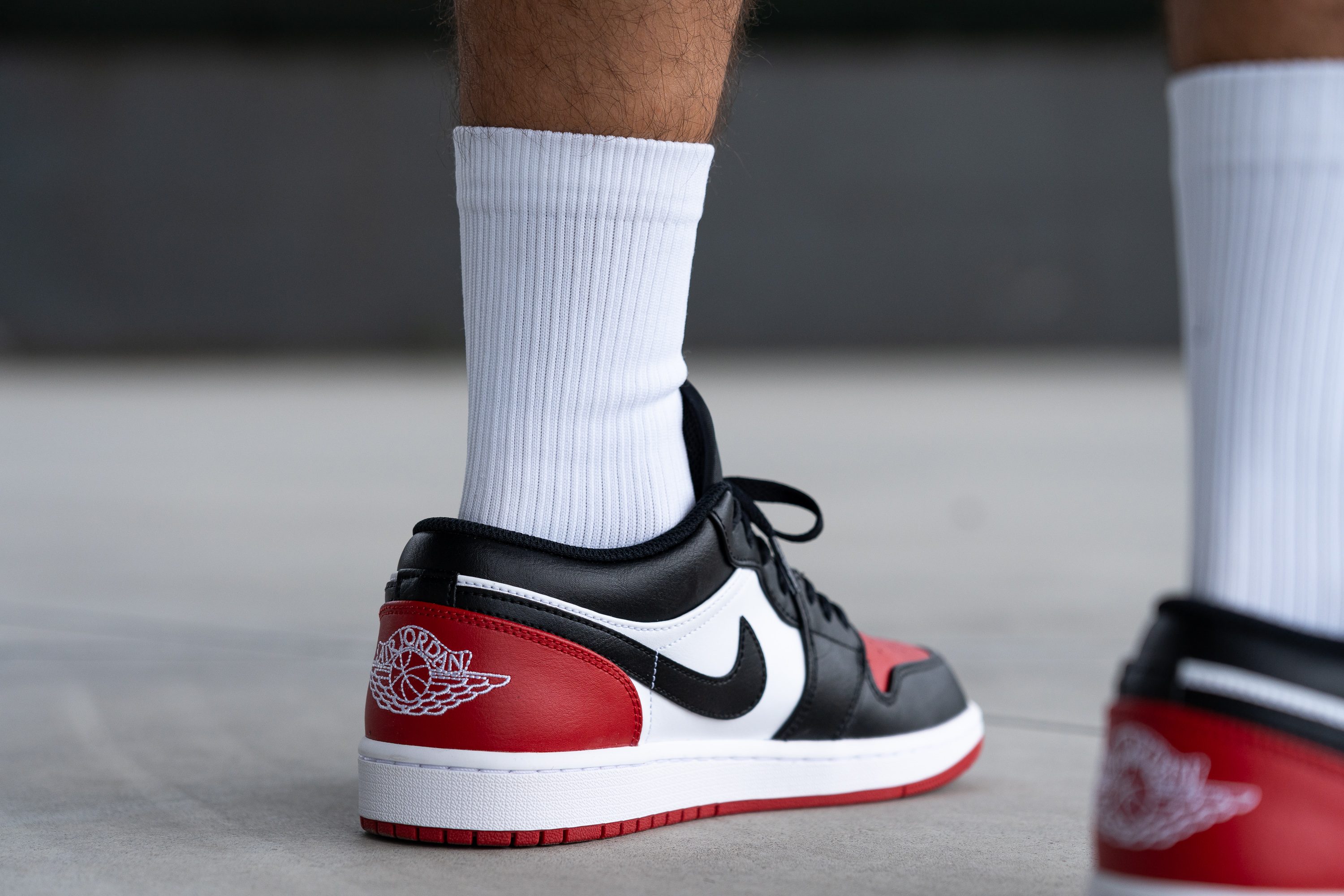
Looking at our calliper measurement, the shoe's heel stack is as low as 22.9 mm which is significantly lower than average!
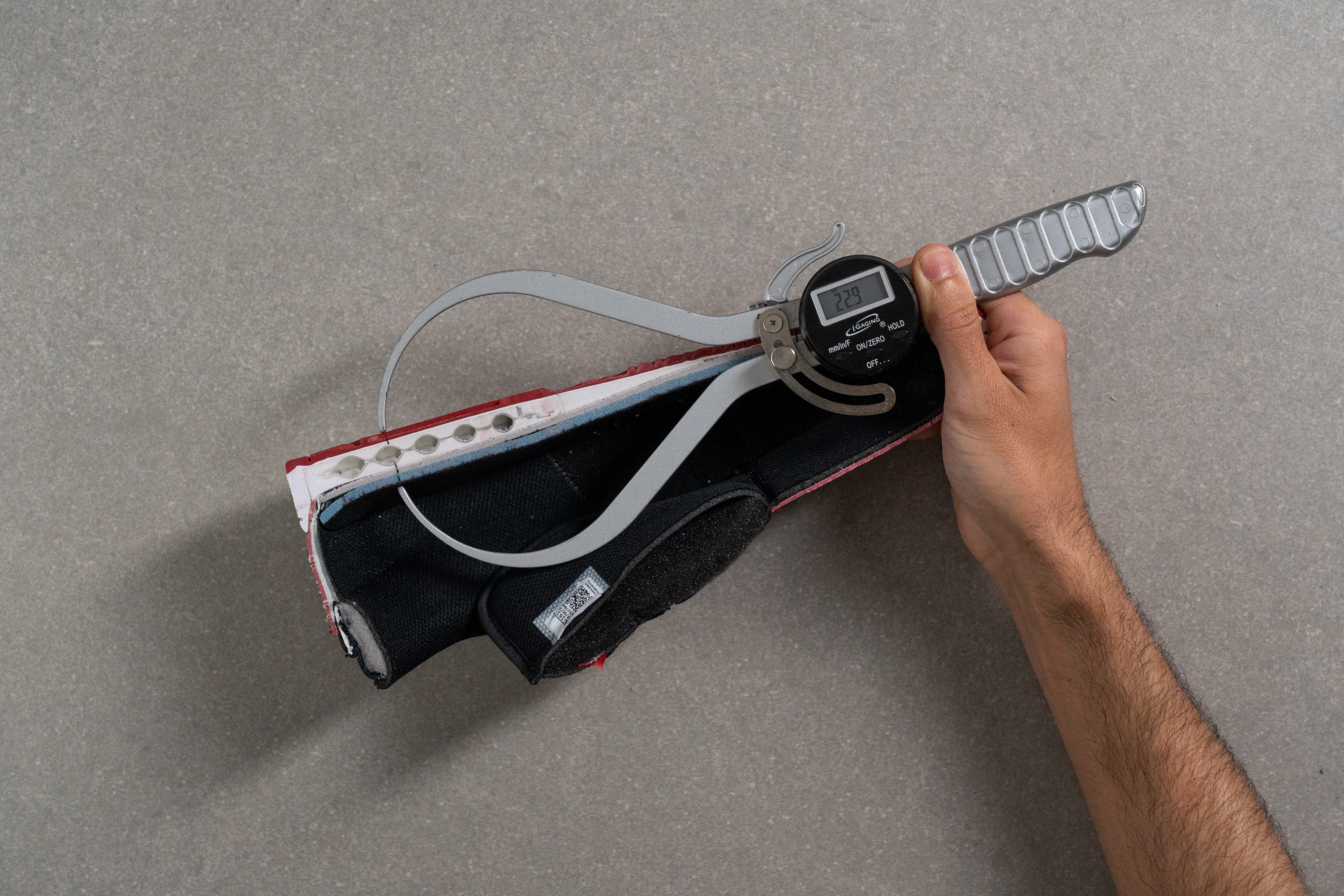
Oh, gosh, it's nearly as low as the Adidas Samba (19.3 mm) and the Gazelle (23.3 mm)!
| Air 1 Low | 22.9 mm |
| Average | 30.7 mm |
Forefoot stack
The midsole gets even thinner in the forefoot, showing a mere 11.8 mm on our calliper.
Indeed, the AJ1 Low feels extremely low to the ground. We find it hard to believe that the 6'6" tall Michael Jordan considered this to be enough cushioning for professional play.
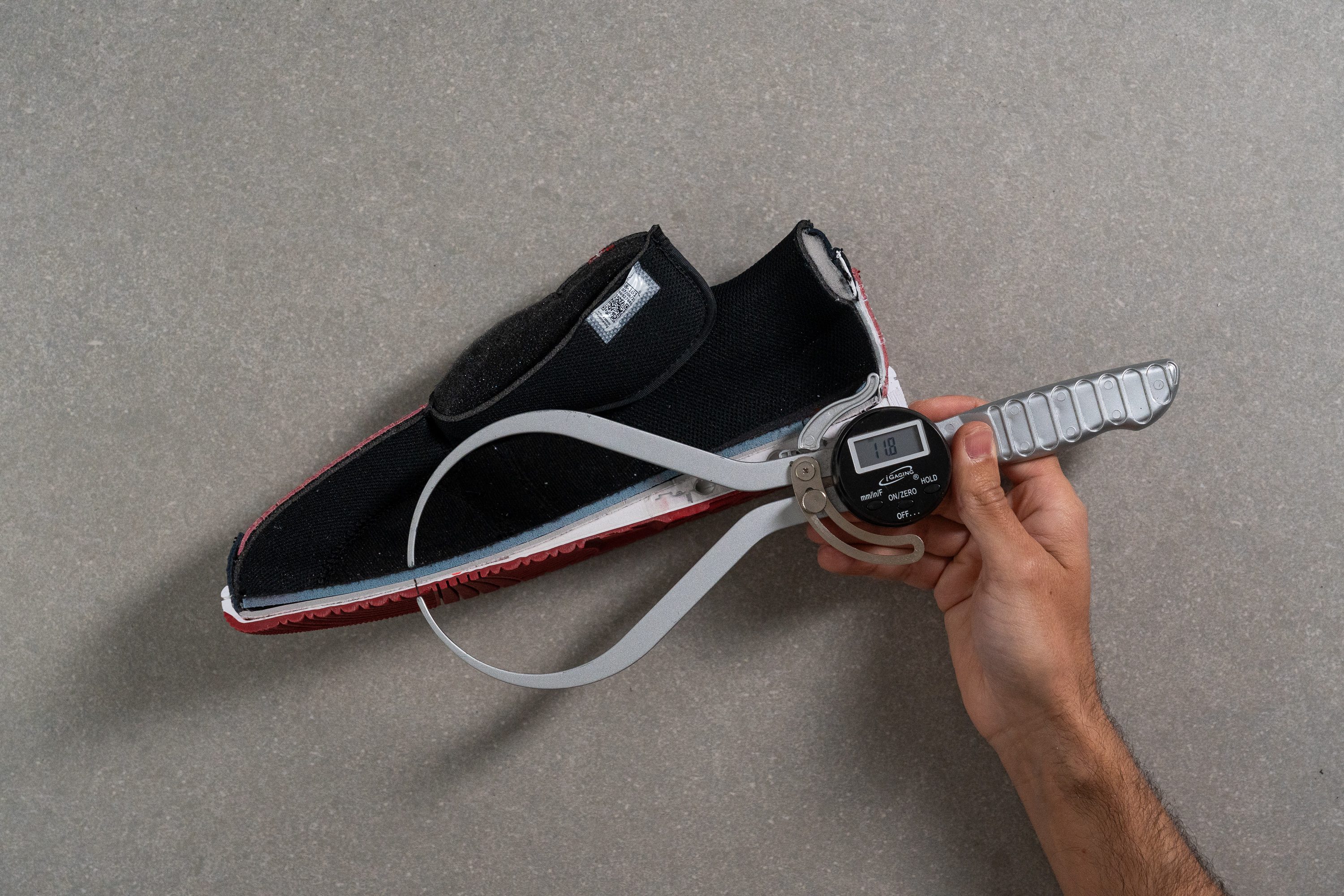
| Air 1 Low | 11.8 mm |
| Average | 19.5 mm |
Drop
Looking at the shoe's half-cut midsole, we see a rather gradual 11.1 mm drop.
The heel is moderately elevated above the toes offering a touch of support for the Achilles without pushing the toes forward.
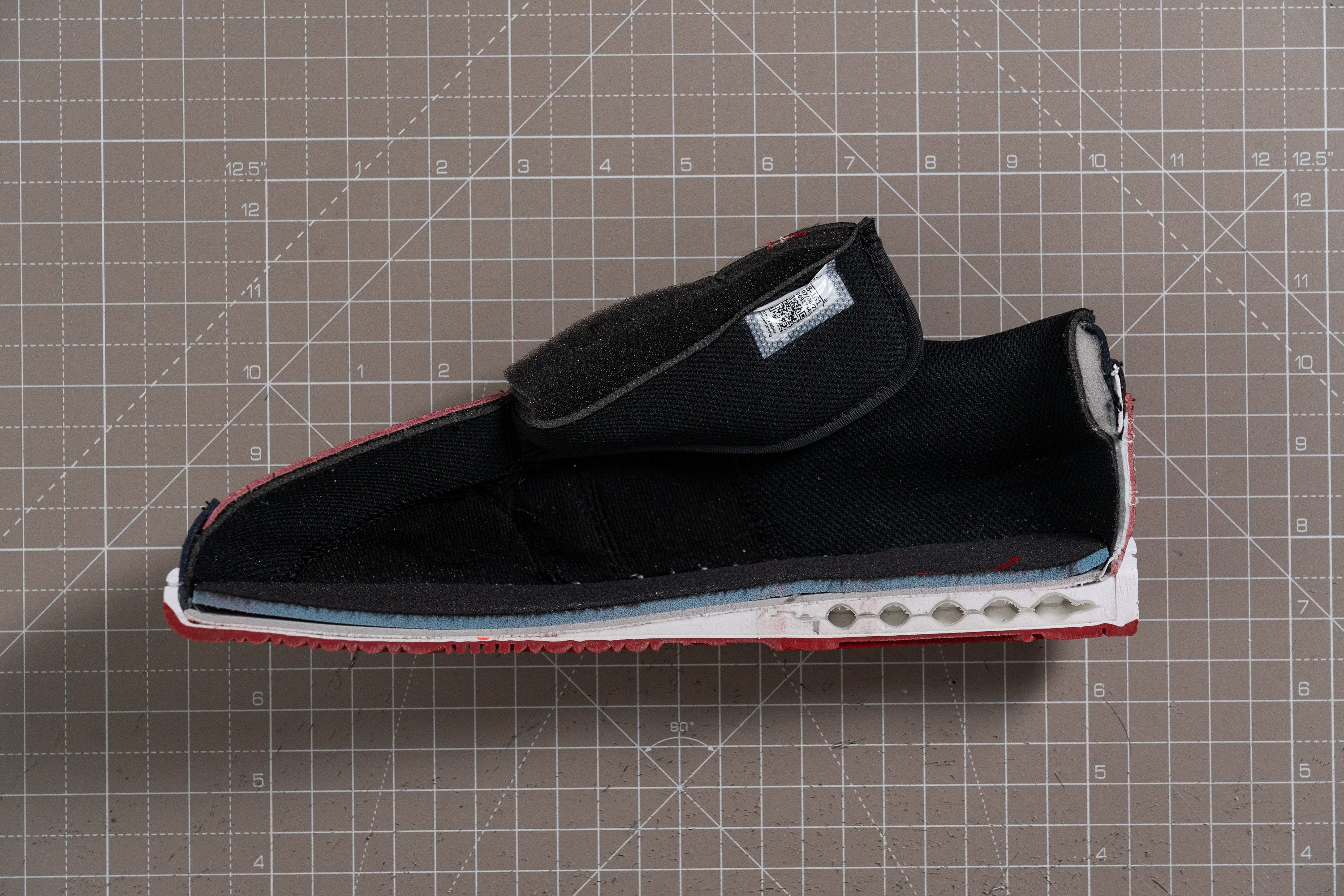
| Air 1 Low | 11.1 mm |
| Average | 11.2 mm |
Midsole softness
As you can probably tell by now, cushioning is very minimal in this Air Jordan sneaker. What's more, it is not very soft either.
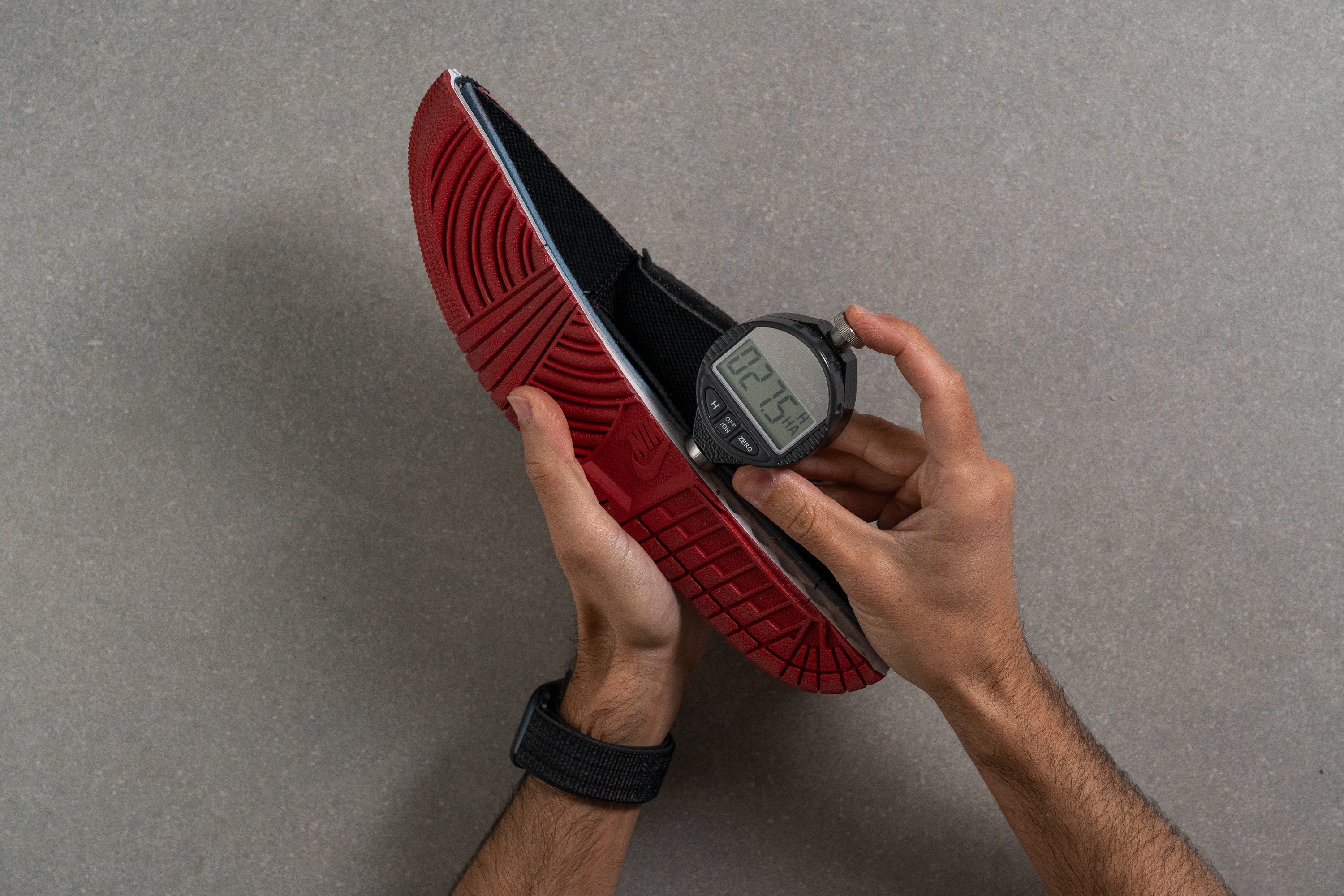
Pressing our Shore A durometer against the foam returned a reading of 27.8 HA. It indicates a moderately soft material that offers just a touch of shock absorption.
Coupled with a firm cup sole and an even firmer rubber outsole, it makes the AJ1 Low feel less than cushy on foot.
It seems like the Air capsule under the heel is the shoe's primary source of comfort and impact protection.
| Air 1 Low | 27.8 HA |
| Average | 28.6 HA |
Size and fit
Size
Air Jordan 1 Low fits true to size (791 votes).
Width / Fit
If you have medium-width feet, the Air Jordan 1 Low is going to treat you to an expected D medium fit.
Aside from personal experience, we created a gel mould of the shoe's interiors to measure its dimensions as accurately as possible.
In the widest part, our digital calliper recorded an above-average reading of 94.9 mm, which is a good amount of space for a medium-width foot.
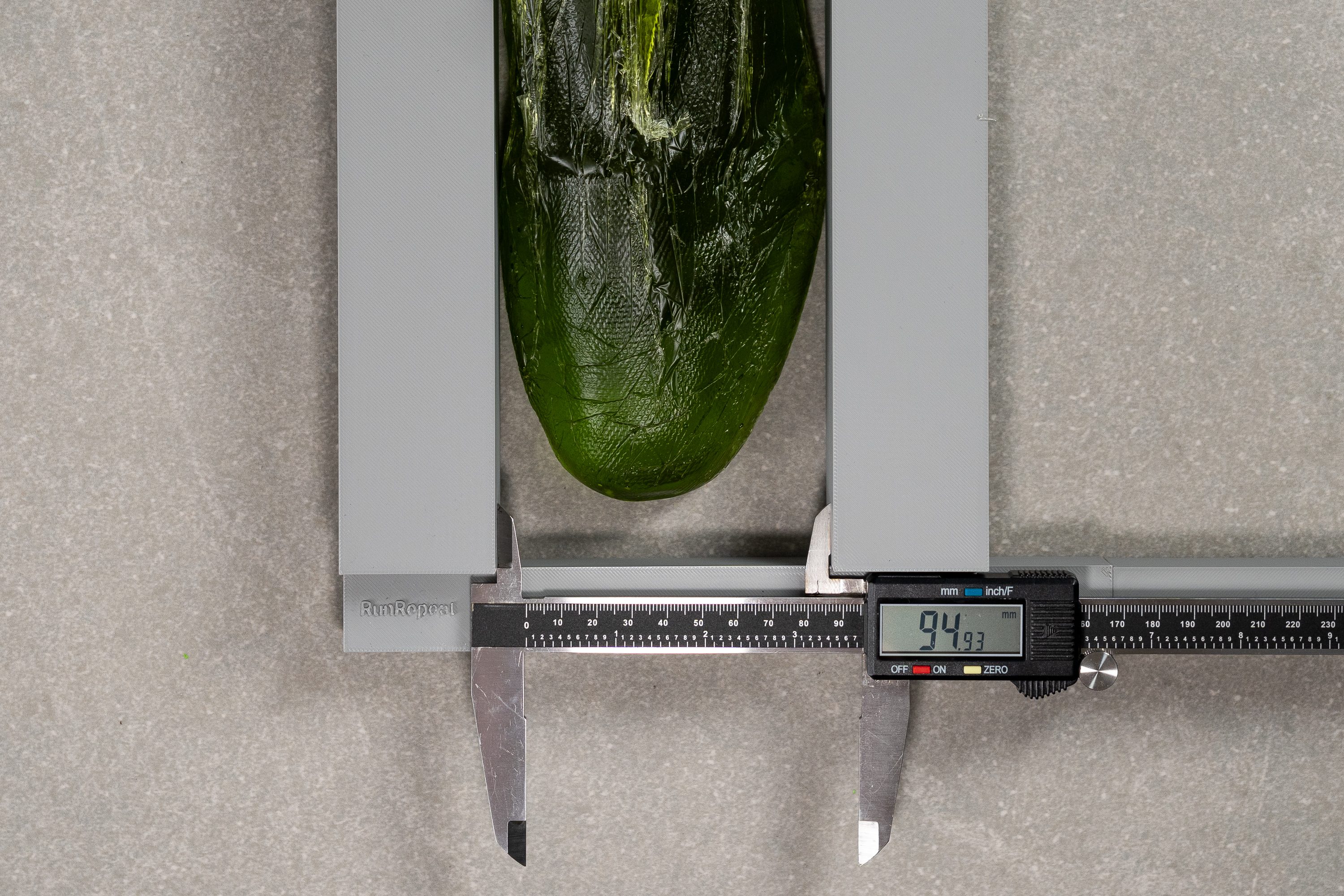
| Air 1 Low | 94.9 mm |
| Average | 92.5 mm |
Toebox width
The shoe's mould shows some noticeable tapering, but luckily, it doesn't get too pointy. Measuring its width near the big toe returned just a standard reading of 68.5 mm.
Its taper angle is more pronounced because the shoe is wider in the metatarsal area to begin with.

| Air 1 Low | 68.5 mm |
| Average | 68.9 mm |
Toebox height
We also found that the Air Jordan 1 Low's toebox does not put pressure on the toes from the top. Our calliper measured its toebox height at an above-average 29.8 mm.
This is good news because toe pinching wouldn't be fun with the shoe's thick and nonforgiving leather upper.
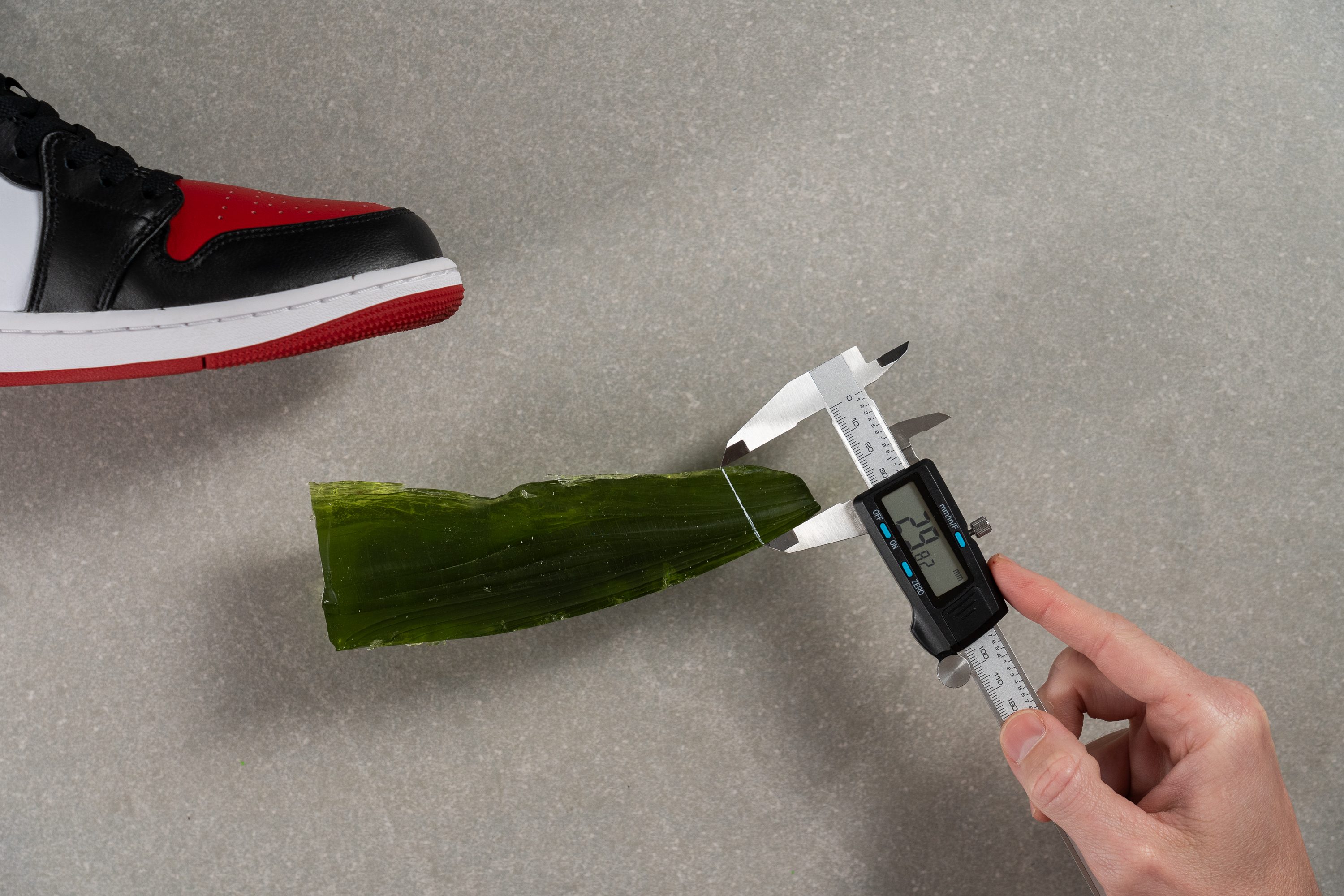
| Air 1 Low | 29.8 mm |
| Average | 27.8 mm |
Traction / Grip
In your day-to-day life, you probably don't need a super strong grip on a lifestyle sneaker. But if you do get into a slippery situation, the AJ 1 Low has got your back!
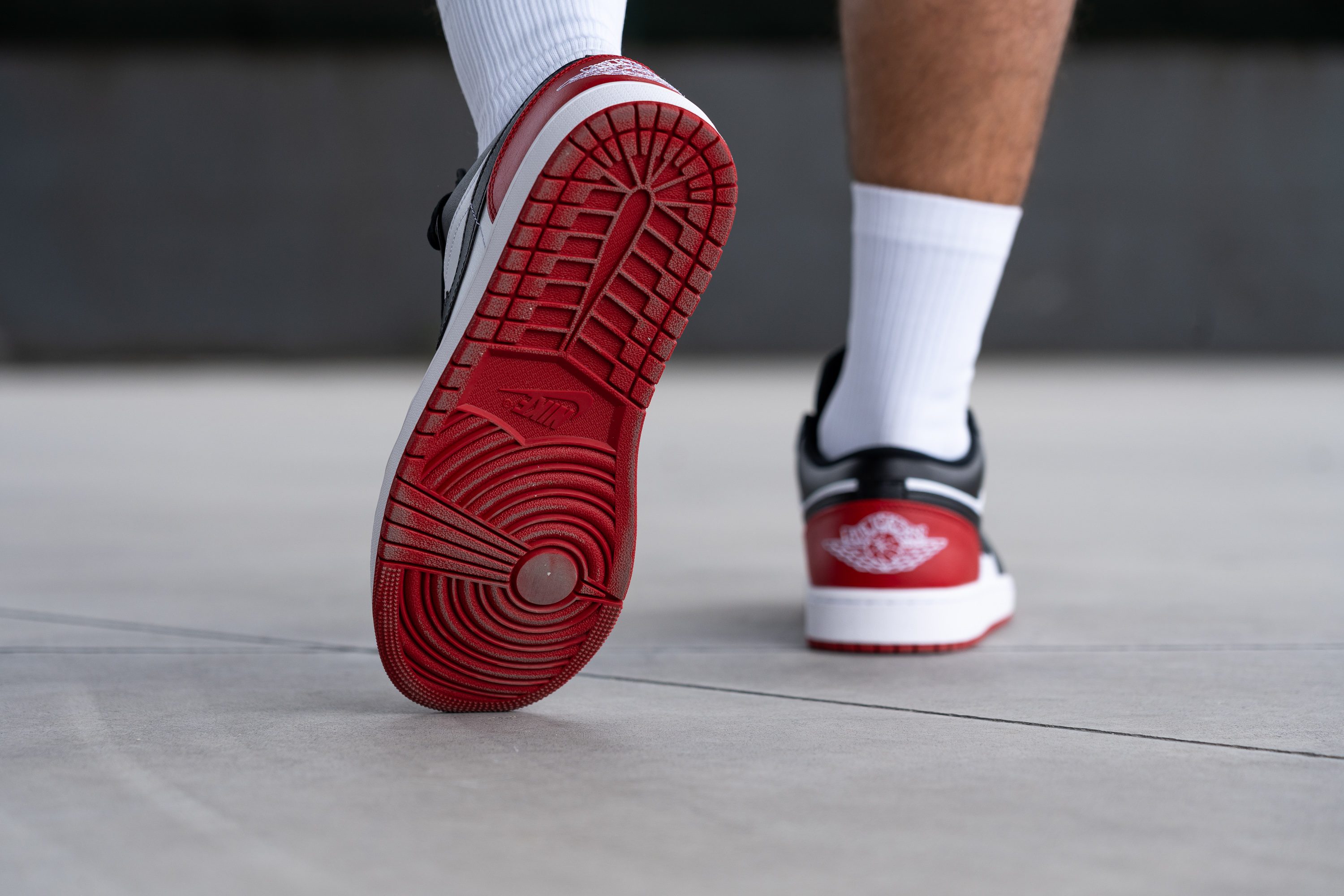
Thanks to its hoop shoe legacy, the AJ features a very effective traction pattern at the bottom.
Traction test
In your day-to-day life, you probably don't need a super strong grip on a lifestyle sneaker. But if you do get into a slippery situation, the AJ 1 Low has got your back!
The kick showed a record-breakingly high friction score of 0.61 in our grip test. This is almost as much as we got in slip-resistant work shoes! Truly amazing dry and wet surface traction right there.
| Air 1 Low | 0.61 |
| Average | 0.43 |
Outsole design
Originally designed for hardwood, the AJ 1 Low's outsole now offers an equally effective grip on urban surfaces. It also carries over a pivot point with circular treads as a distinctive feature of the 80s and 90s basketball shoes.
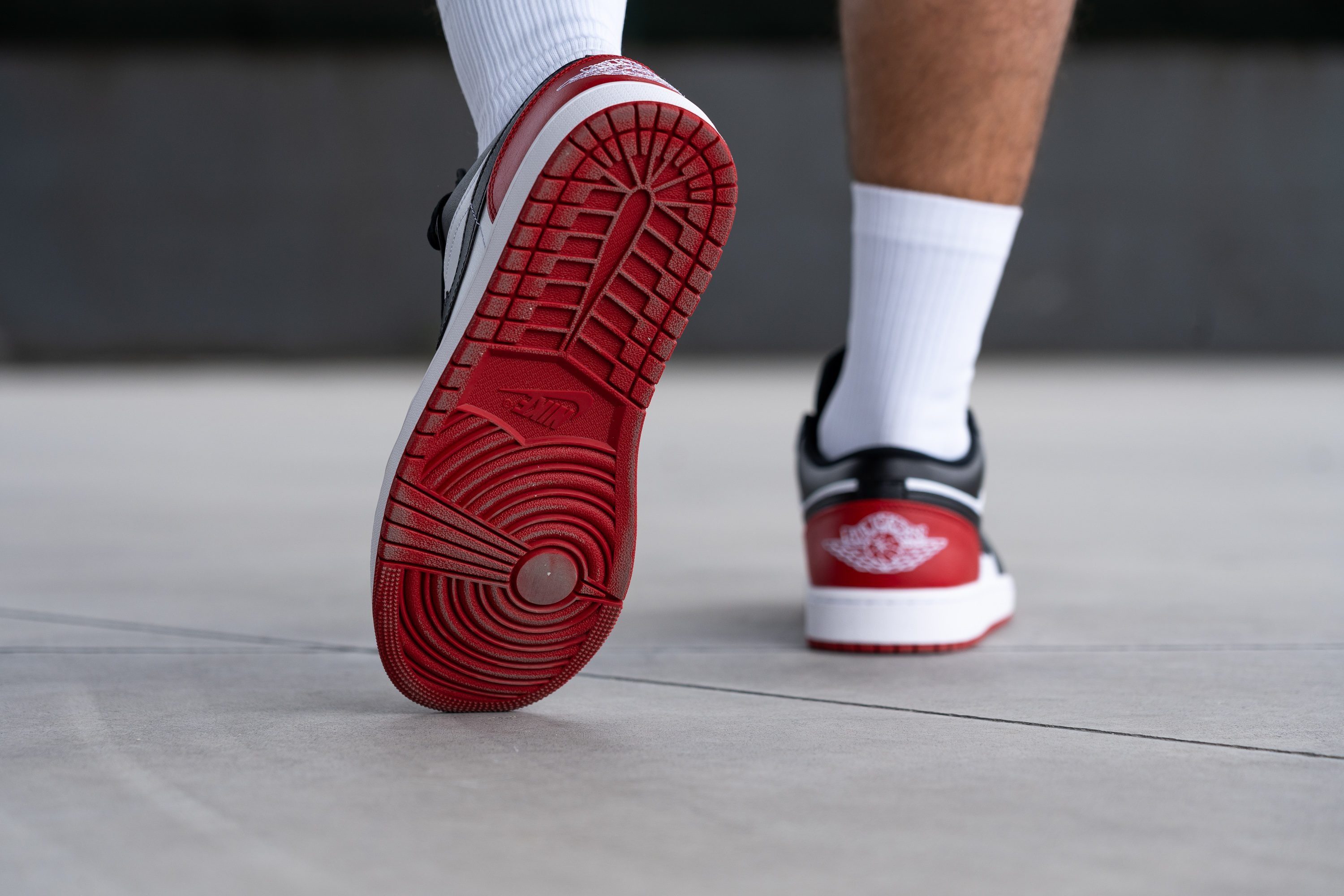
Flexibility / Stiffness
Considering how stiff the Air Jordan 1 Low felt straight from the box, we were surprised that it was only moderately stiffer than average.
According to our shoe flexing tester, this Jordan silhouette requires a force of 16.2N to bend by 30 degrees. This is about 15% more than it took our lab-tested trainers on average but we honestly thoughht it would be even more.
But please keep in mind that this Jordan sneaker takes some time to feel fully broken in too.
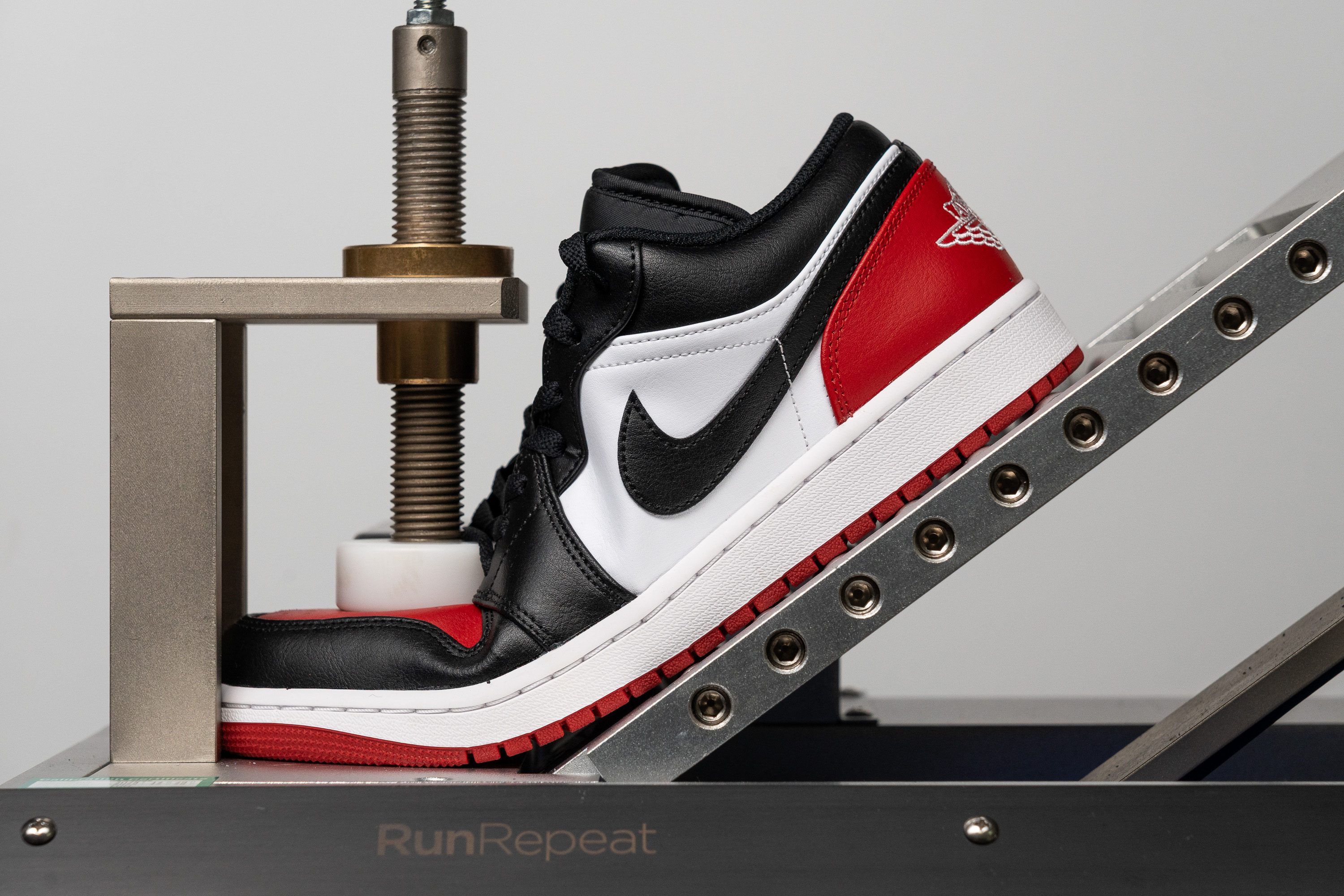
| Air 1 Low | 16.2N |
| Average | 13.3N |
Weight
The Air Jordan 1 Low is not a lightweight sneaker but it doesn't feel particularly heavy either.
In a men's US size 9, it showed 14.5 oz (411g) on our scale. Only half an ounce heavier than average.
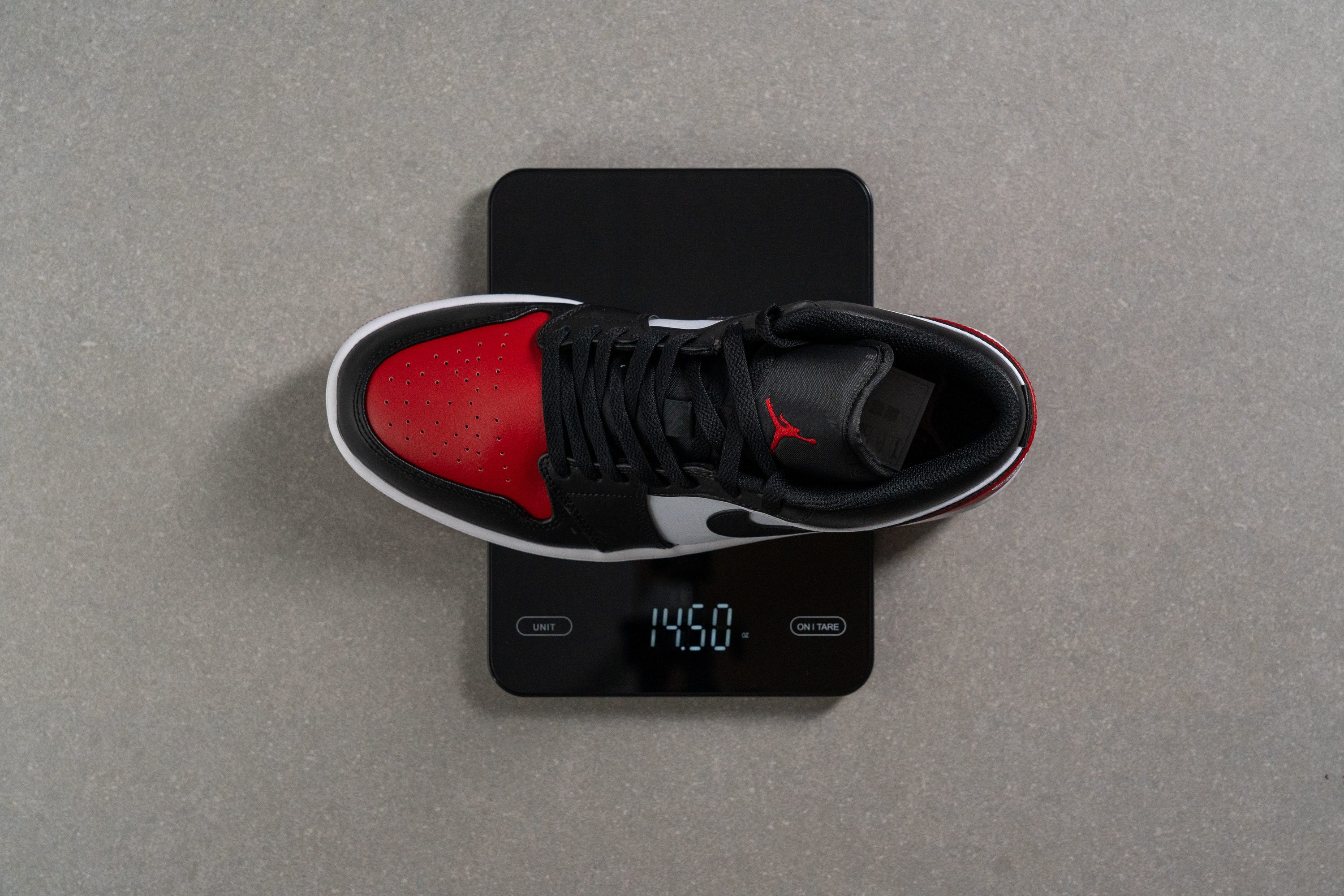
To provide some context, the Air Jordan 1 Low is slightly lighter than the Nike Dunk Low (14.8 oz/420g) and notably lighter than the Nike Air Force 1 07 (16.4 oz/465g).
| Air 1 Low | 14.5 oz (411g) |
| Average | 13.8 oz (390g) |
Breathability
With its entire upper made of leather, it's pretty clear why the Air Jordan 1 Low is not our top pick for summer.
Multiple perforations on the shoe's toebox don't seem to help the airflow that much. Pumping smoke into the shoe, we found that it primarily escaped through the gaps in the tongue area and not so much through the apertures over the toes.
In addition, the shoe's inner lining is so dense that it doesn't even let the light shine through the holes in our transparency test.
Rating the shoe's breathability on a 1-5 scale, we can't give it any higher than 2.
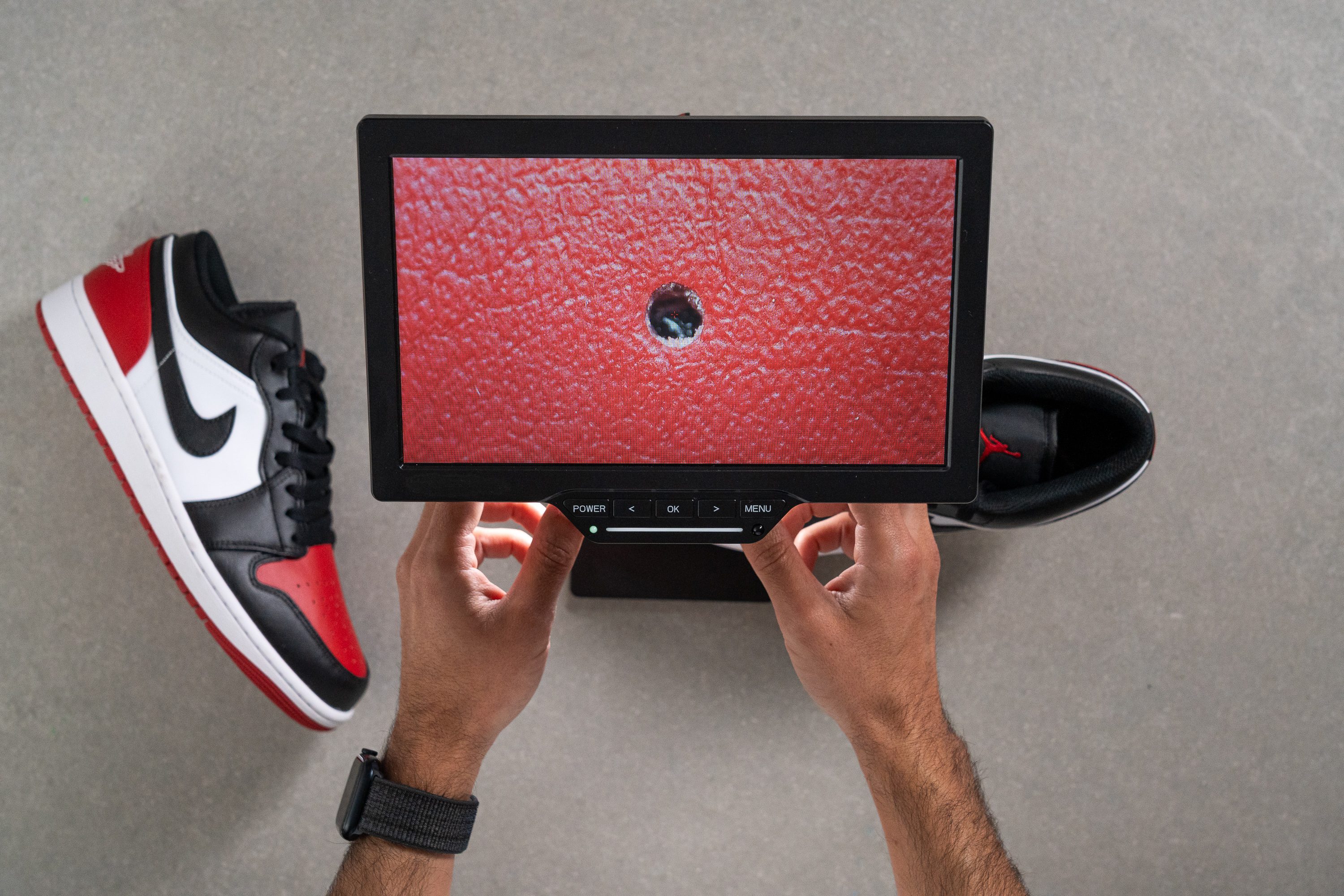
It would be wise to save the Air Jordan 1 Low for colder weather and grab an airy mesh sneaker like the Nike Zoom Vomero 5 for summertime.
| Air 1 Low | 2 |
| Average | 3 |
Stability
Lateral stability test
Considering how firm, structured, and low-to-the-ground it is, you can expect a pretty solid footing from the Air Jordan 1 Low.
The stitched cup sole design also makes the sneaker more supportive. Our feet felt cradled by it inside the shoe.
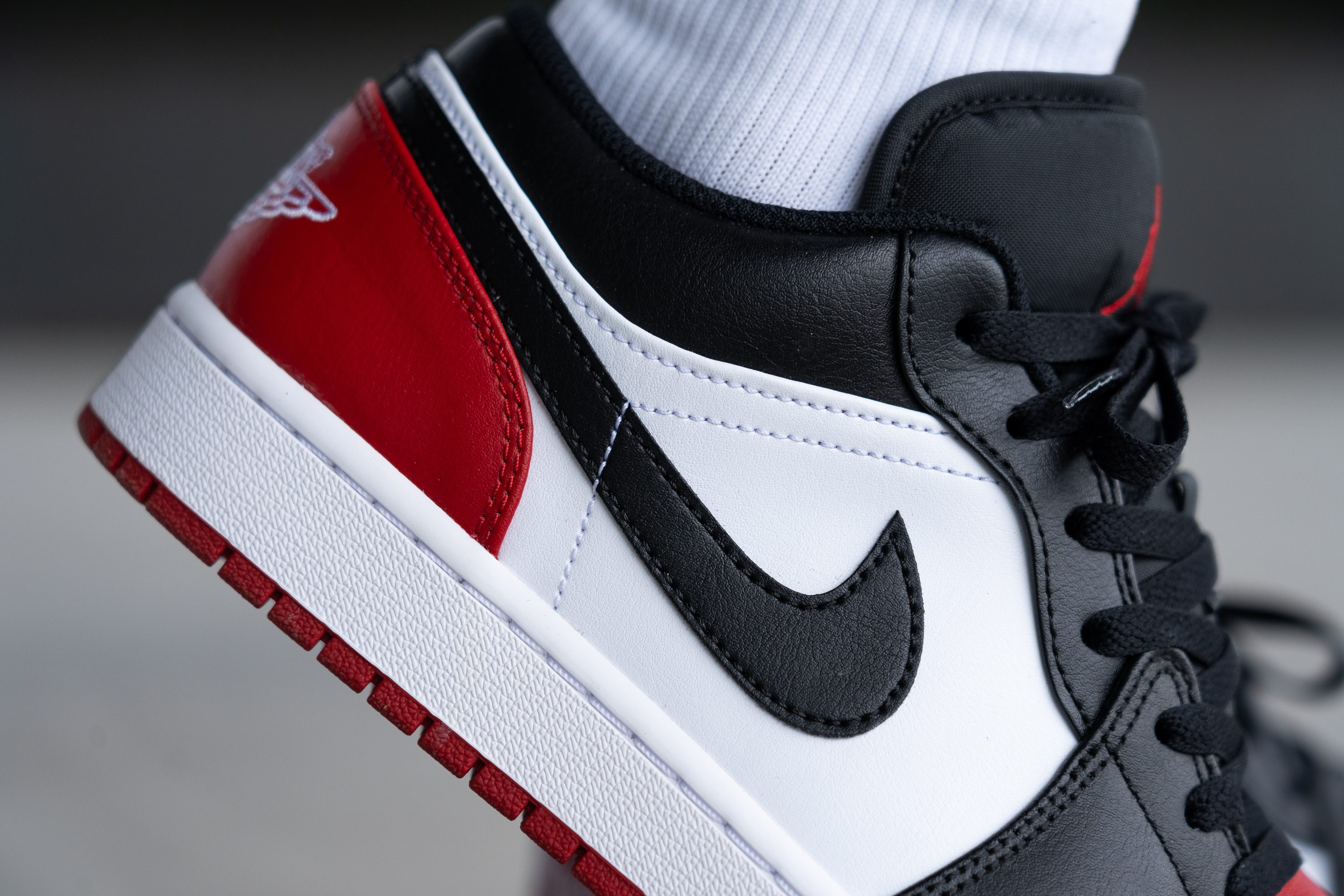
Torsional rigidity
Even if you have flat feet and overpronation (excessive rolling of the foot/ankle inwards), the AJ1 Low won't let you buckle so easily.
As you can see from our manual test above, the shoe has a lot of torsional rigidity to it. On a stiffness scale from 1 to 5, we gave it a high score of 4.
| Air 1 Low | 4 |
| Average | 3.6 |
Heel counter stiffness
This Jordan sneaker also features an immensely stiff heel counter. It created a real death grip around our heels eliminating every chance of heel slippage or sliding inside the shoe.
This is the highest level of heel hold that you can get in a sneaker. Thus, we rated the shoe's heel counter stiffness with the highest score of 5.
P.S. Let us remind you once again that wearing taller socks and snapping on a band-aid may be necessary to prevent the shoe's rough heel collar from digging into your Achilles.
| Air 1 Low | 5 |
| Average | 3.2 |
Midsole width - forefoot
Examining the platform of the Air Jordan 1 Low, we found a pretty basic shape that's neither too narrow nor chunky.
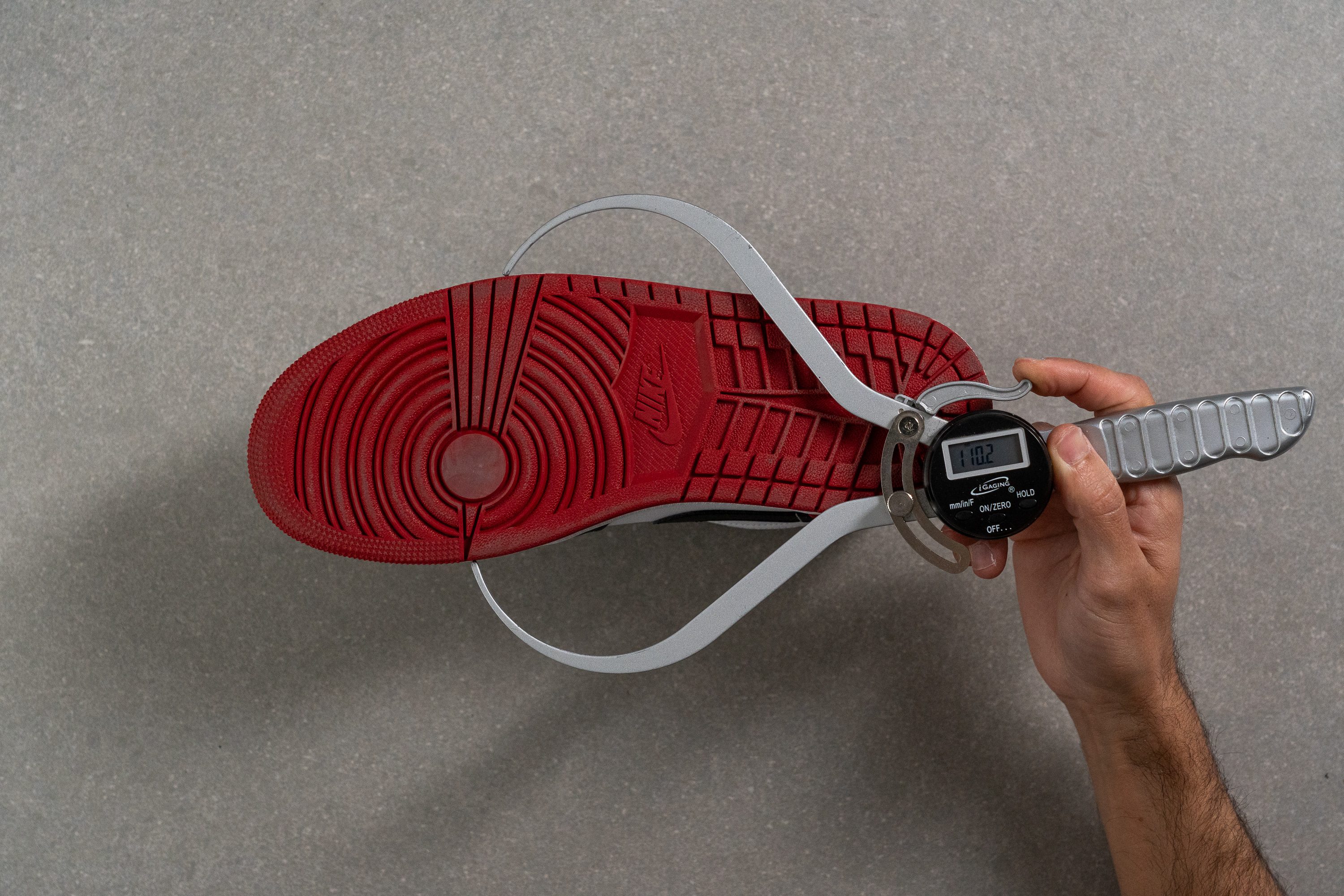
Our calliper shows that it has standard dimensions for a lifestyle sneaker. In the widest part of the forefoot, we measured 110.2 mm. Just about the same as the average.
| Air 1 Low | 110.2 mm |
| Average | 108.9 mm |
Midsole width - heel
The same goes for the shoe's heel. Measuring the widest area here, our calliper returned 82.5 mm.
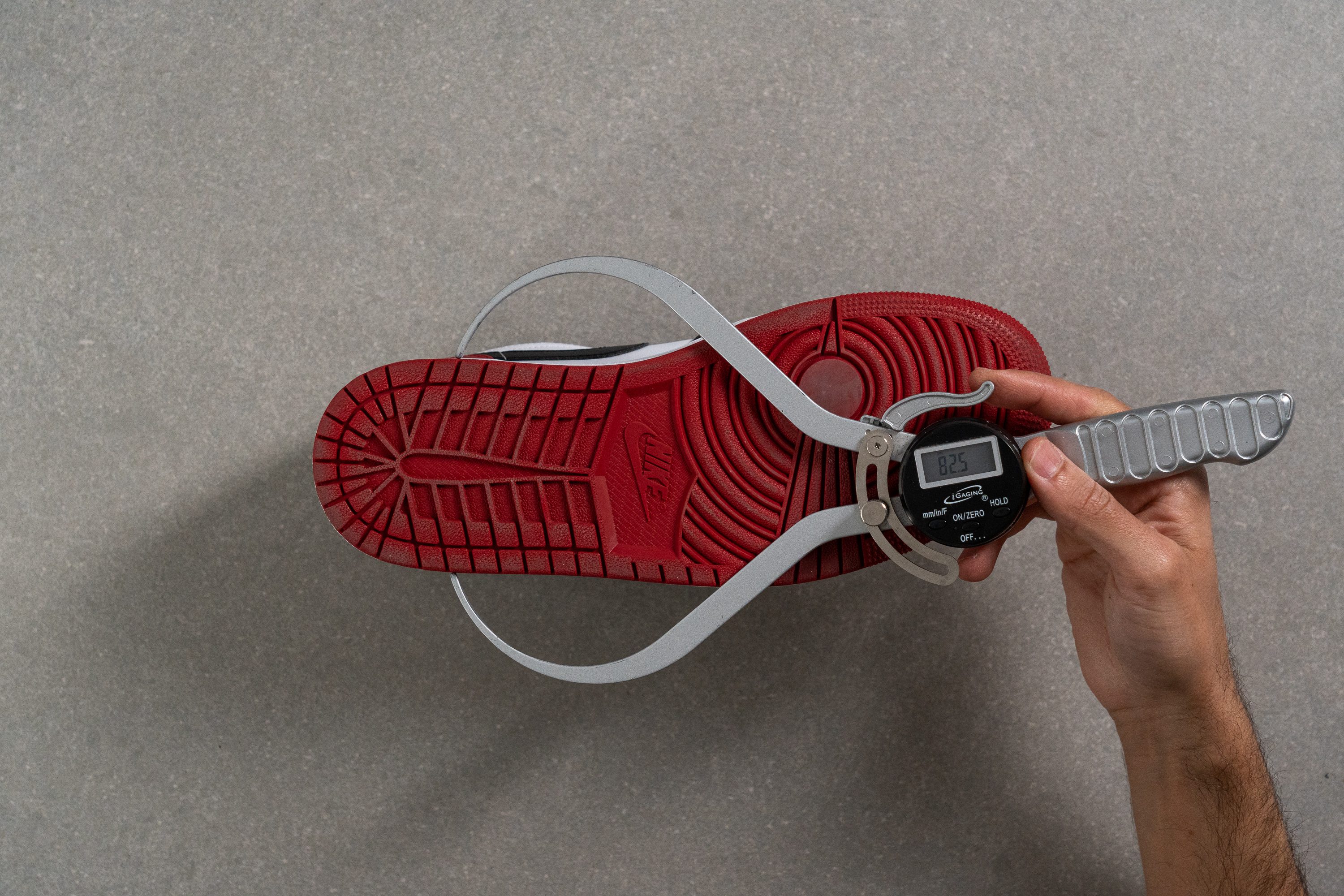
Exactly the same as the average. Nothing to write home about.
| Air 1 Low | 82.5 mm |
| Average | 84.0 mm |
Durability
This Jordan sneaker also features an immensely stiff heel counter. It created a real death grip around our heels eliminating every chance of heel slippage or sliding inside the shoe.
This is the highest level of heel hold that you can get in a sneaker. Thus, we rated the shoe's heel counter stiffness with the highest score of 5.
P.S. Let us remind you once again that wearing taller socks and snapping on a band-aid may be necessary to prevent the shoe's rough heel collar from digging into your Achilles.
Leather/Suede quality
Over the years, the Air Jordan 1 received a fair share of hate regarding its leather quality.
Having checked and tested the sneaker ourselves, we can confirm that TECHNICALLY it does use real leather. But it is not the same high-quality leather that we saw on New Balance's Made in USA shoes for example.
And that's fair enough considering that the Jordan 1 Low's moderate MSRP of £130.
We set out to test each panel on the Air Jordan 1 Low's upper using a butane torch and a leather scratch awl.
The heel overlay, the toebox, and the eyestay layer all behaved well under the fire. The material did not melt or catch fire.
But we have some reservations about the shoe's midfoot panel and the Swoosh. These parts melted away much more easily than the rest. Looks like Nike is cutting corners in the low-wear areas like these.
Another nuisance to watch out for is creasing. The shoe's soft leather is prone to developing wrinkles pretty fast.
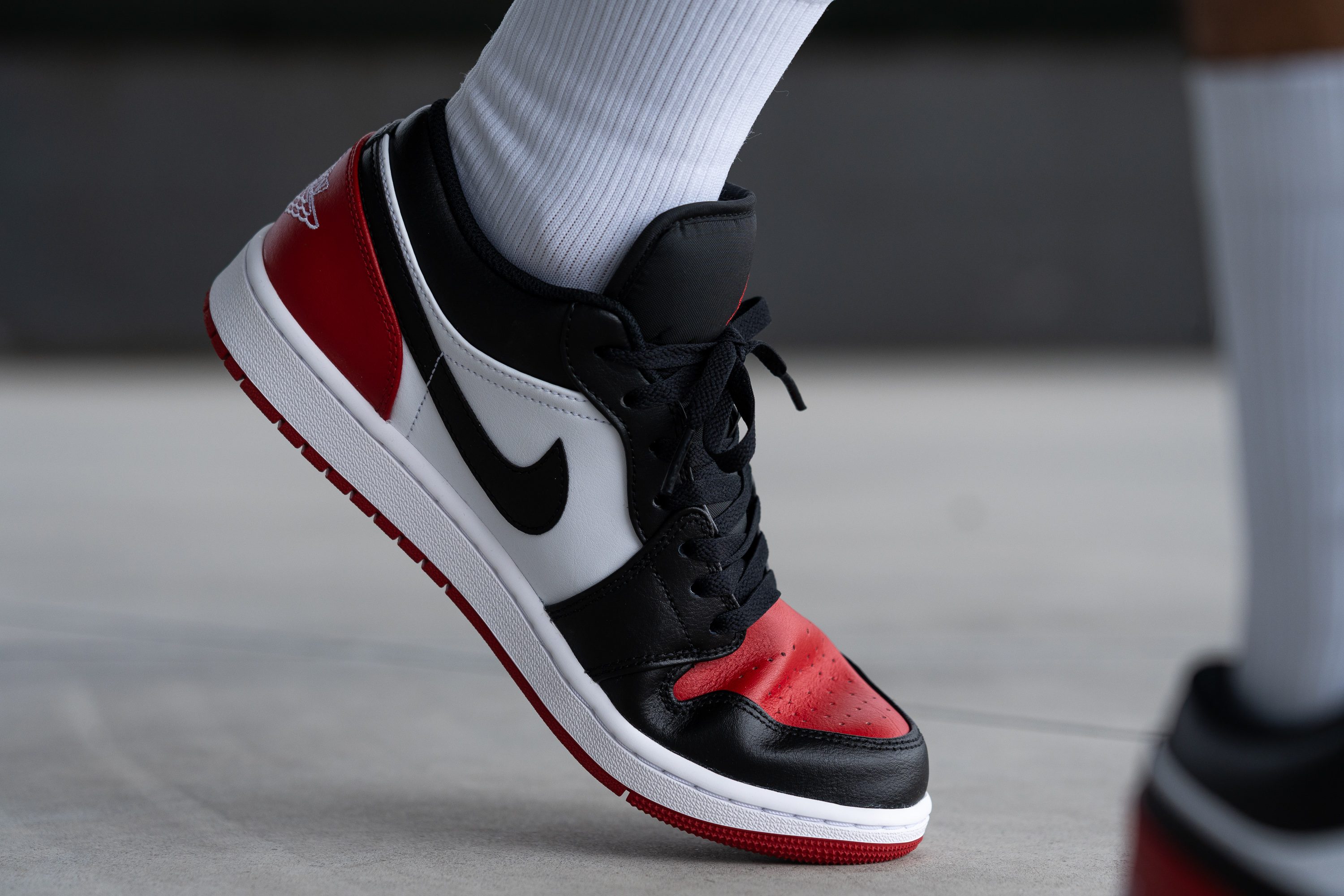
Overall, we think that the leather quality of the Air Jordan 1 Low is reasonable for the price. If you set the expectations right from the beginning, you won't be disappointed with the sneaker.
| Air 1 Low | Real leather |
Toebox durability
We rely on a Dremel to estimate the potential shelf life of every sneaker's upper. The tool is topped with a sandpaper tip which helps us to mimic the wear-and-tear of prolonged shoe wear.
Applying the tool to the shoe's toebox panel for 12 seconds at consistent pressure (3.2N) and speed (5K RPM), we were pleasantly surprised with the result.
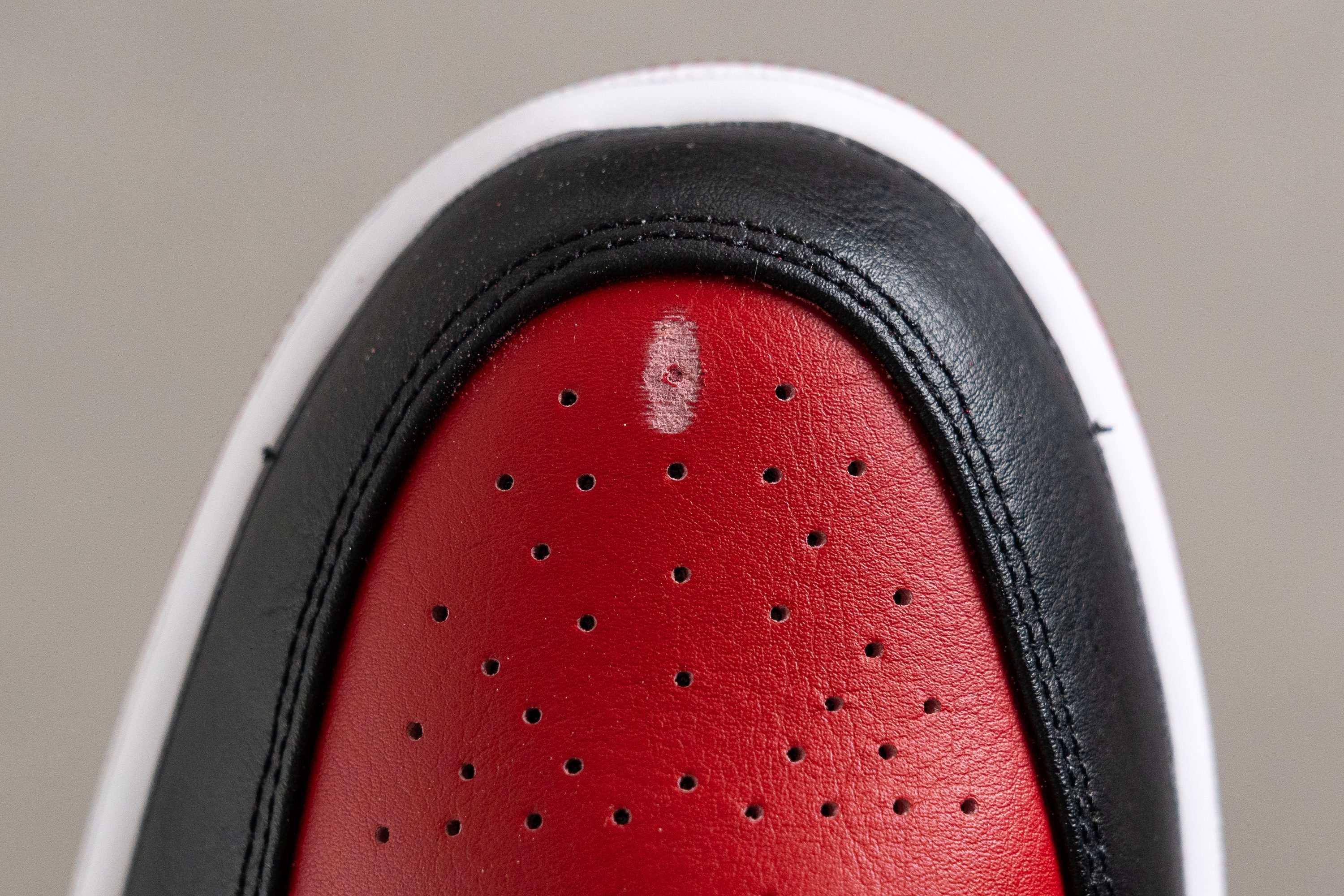
The tool brushed off the topmost layer of the leather without affecting its overall integrity.
It is an excellent level of wear resistance that's reflected in the shoe's high toebox durability score of 4 out of 5.
| Air 1 Low | 4 |
| Average | 3.7 |
Heel padding durability
The inner lining of the Air Jordan 1 Low proved to be just as durable as its outer material.
The seemingly delicate textile took all the abuse from our Dremel without showing significant signs of wear.
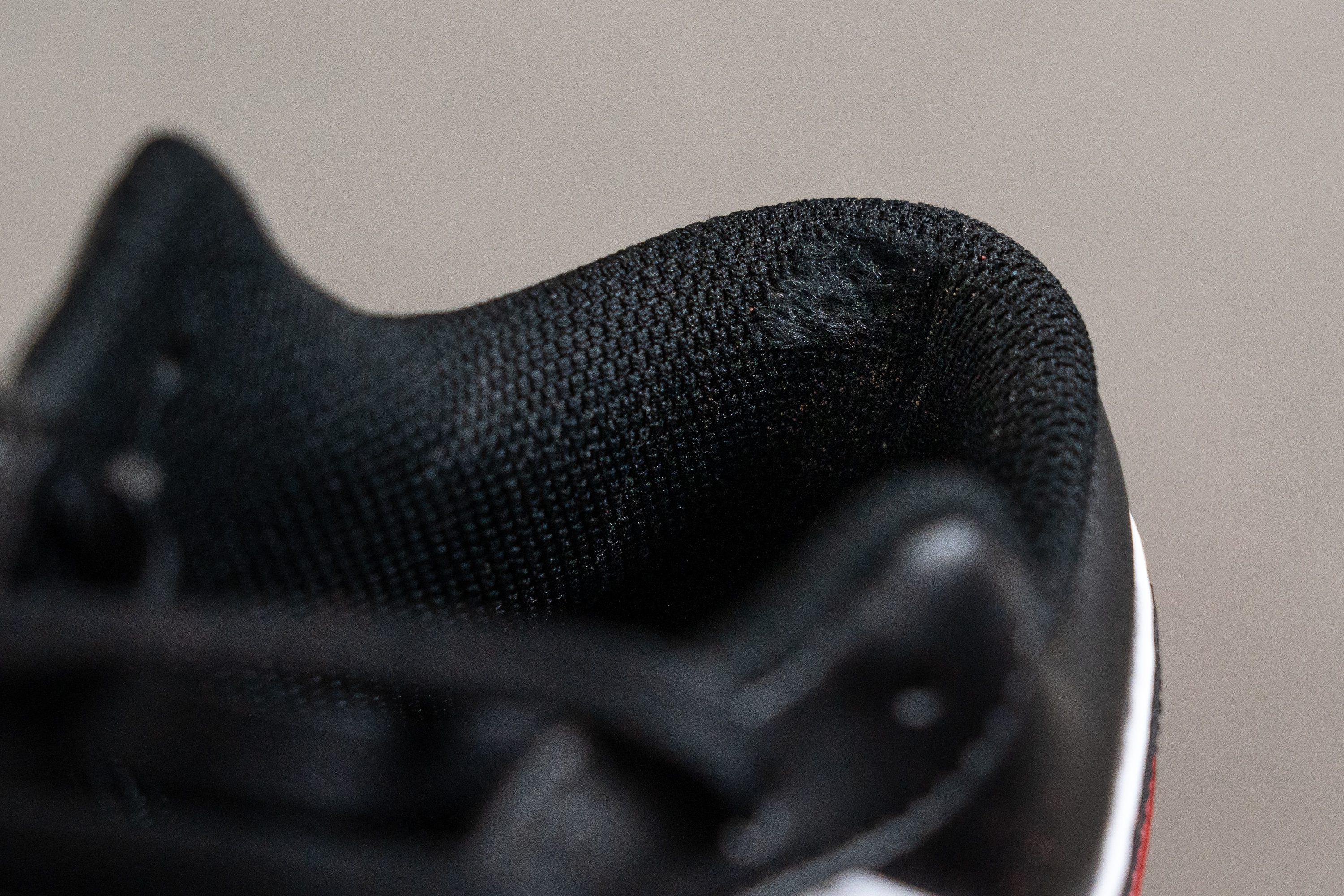
This earned the shoe another high durability score of 4 out of 5.
P.S. Please note that the shoe's heel lining is quite rough to the touch. Even though it's great for wear resistance, it can be pretty hard on the skin. We advise wearing taller socks and stocking up on band-aids for the first few weeks of wearing the Air Jordan 1 Low.
| Air 1 Low | 4 |
| Average | 3.2 |
Outsole hardness
With its roots in the basketball court, the Air Jordan 1 Low has an impressively strong outsole.
Its sturdiness is reflected in a particularly high reading of 89.5 HC on our Shore C durometer. It is one of the hardest sneaker outsoles in our lab and hardness often correlates with durability.
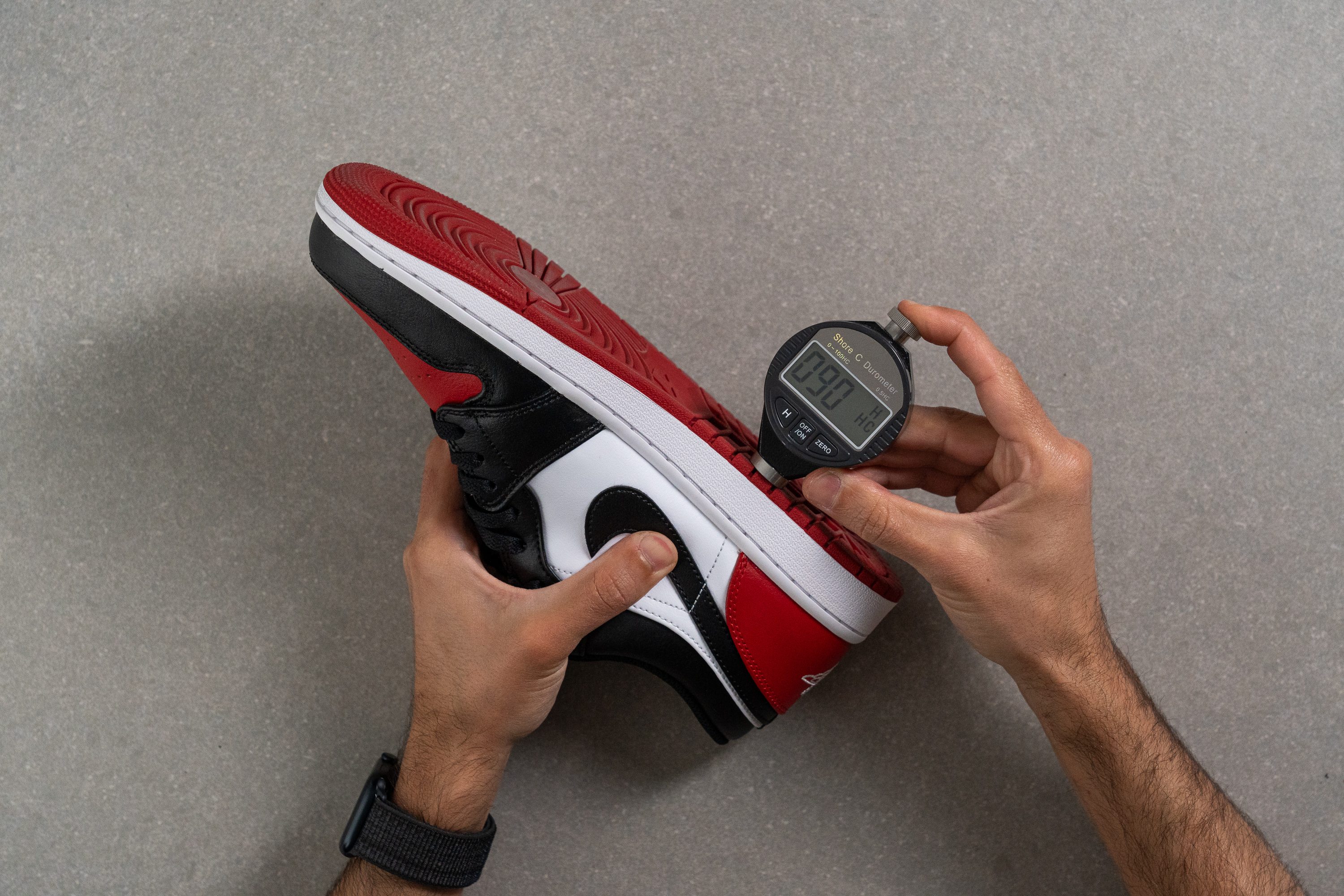
| Air 1 Low | 89.5 HC |
| Average | 85.7 HC |
Outsole durability
Just as we expected, the shoe's rubber stood up to our Dremel test with flying colours!
Even though the tool's speed was set to the unforgiving 10K RPM and the exposure lasted for 22 seconds, the damage ended up even shallower than a millimetre! Our tread gauge showed as little as 0.8 mm!

| Air 1 Low | 0.8 mm |
| Average | 1.1 mm |
Outsole thickness
According to our calliper, the outsole of this Jordan sneaker is also quite thick (4.8 mm) which contributes to its longevity.
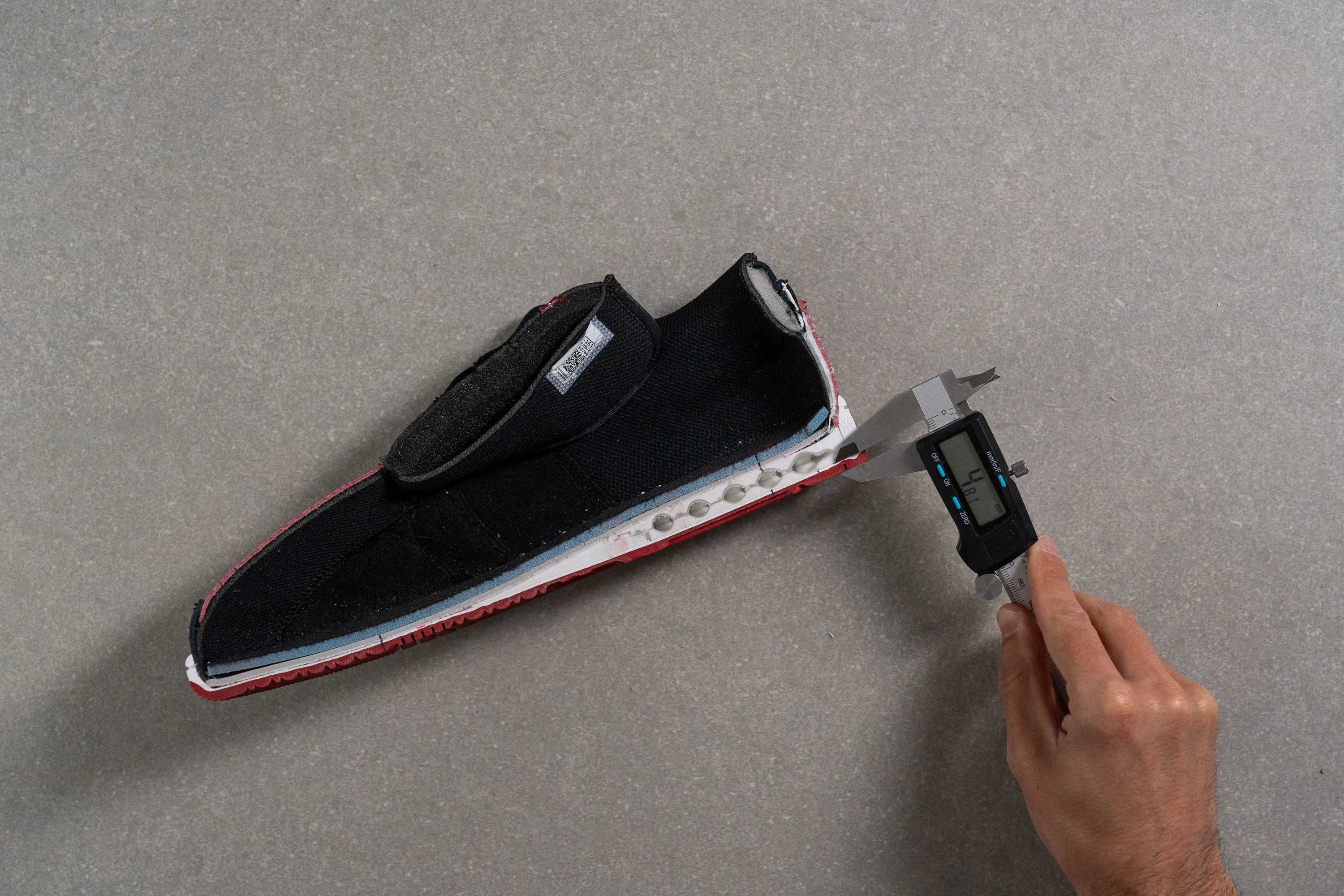
There is no need to hold your breath when wearing the Air Jordan 1 Low. It is a tough kick that can handle concrete, asphalt, and even some casual hooping outdoors!
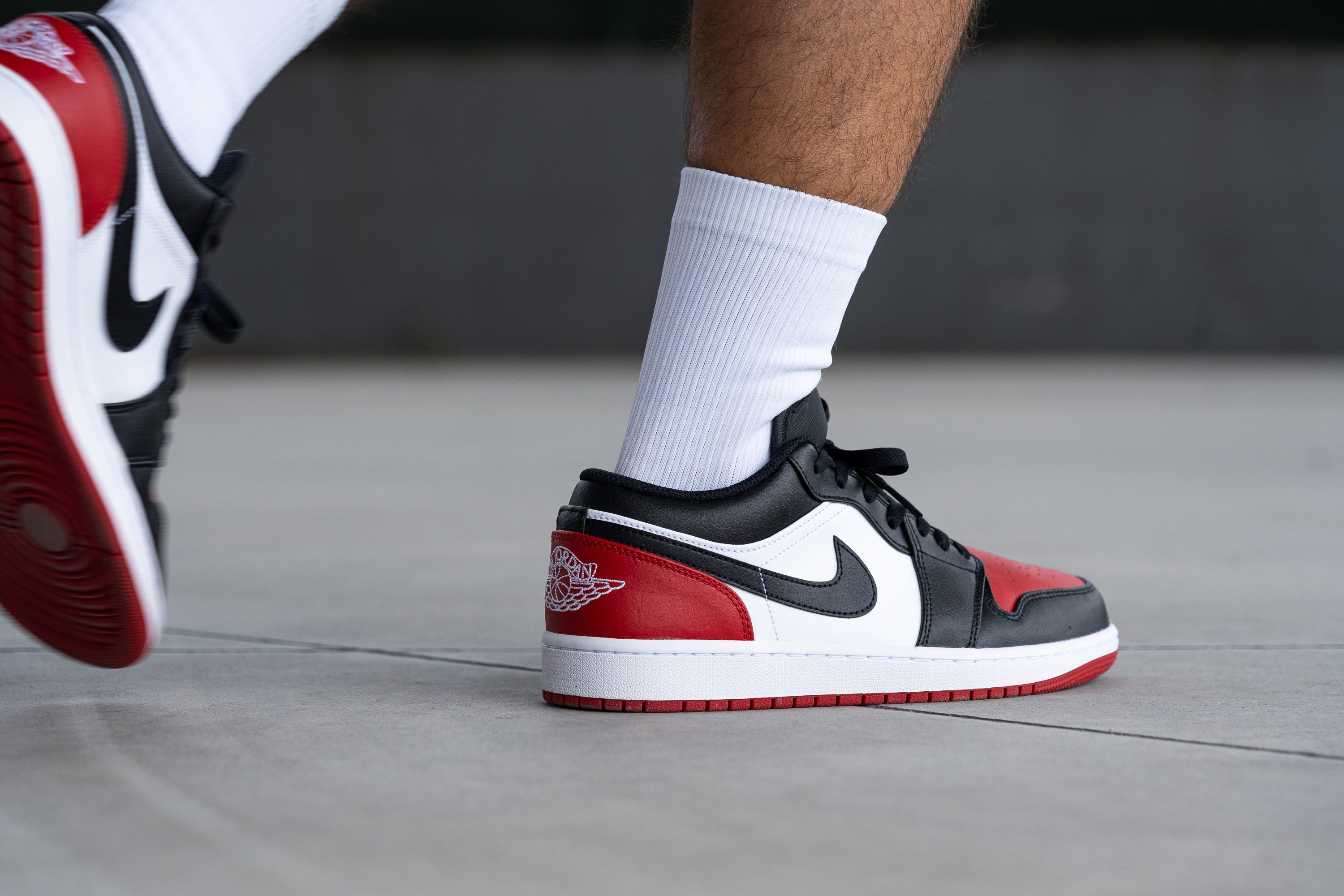
| Air 1 Low | 4.8 mm |
| Average | 5.3 mm |
Misc
Insole thickness
A lightly padded insole helps to soften the blow underfoot. We measured its thickness at 4.1 mm which is slightly thinner than average.
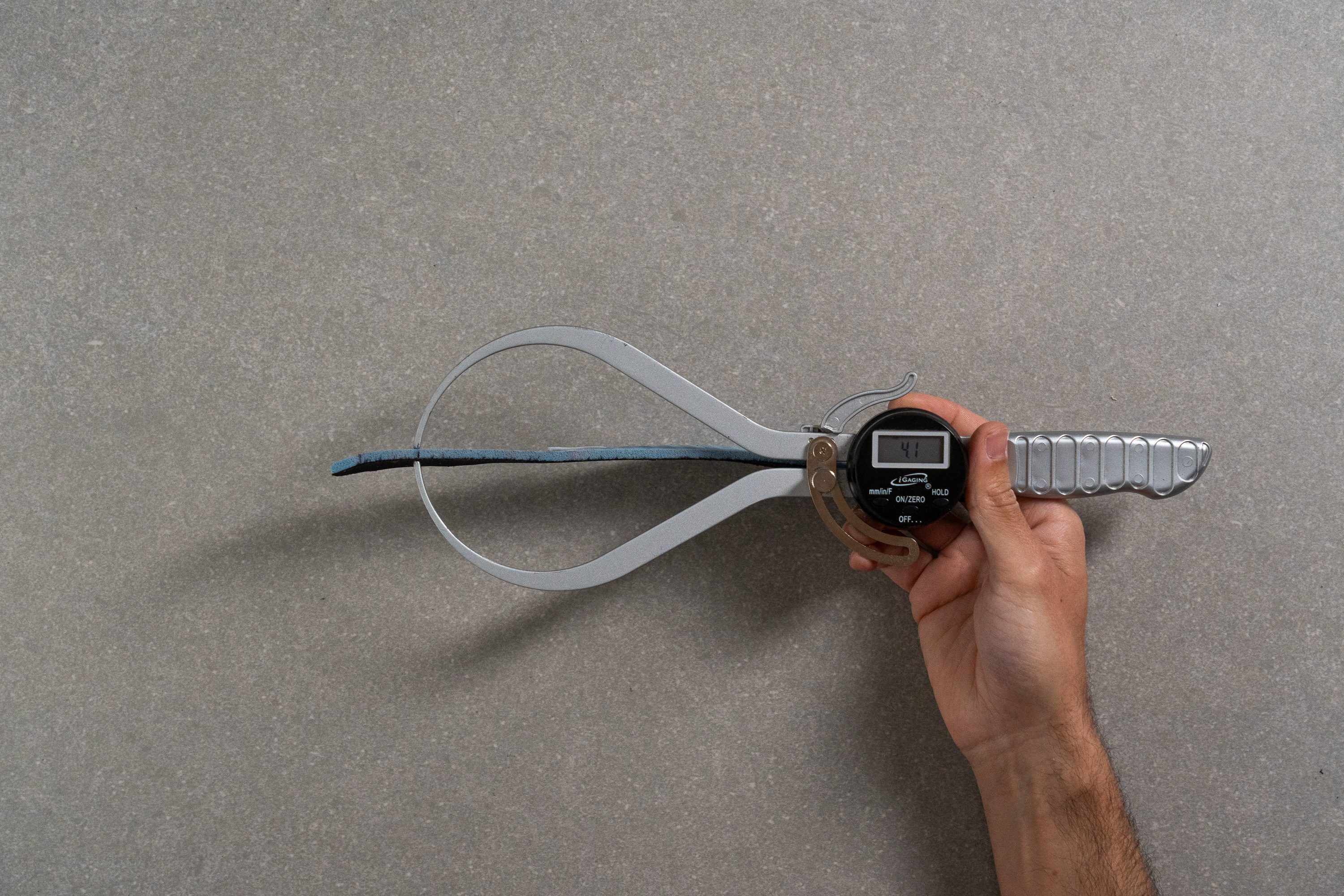
| Air 1 Low | 4.1 mm |
| Average | 5.1 mm |
Removable insole
If you wish to enhance the in-shoe experience, you have the option to replace the stock insole with your custom orthotic.
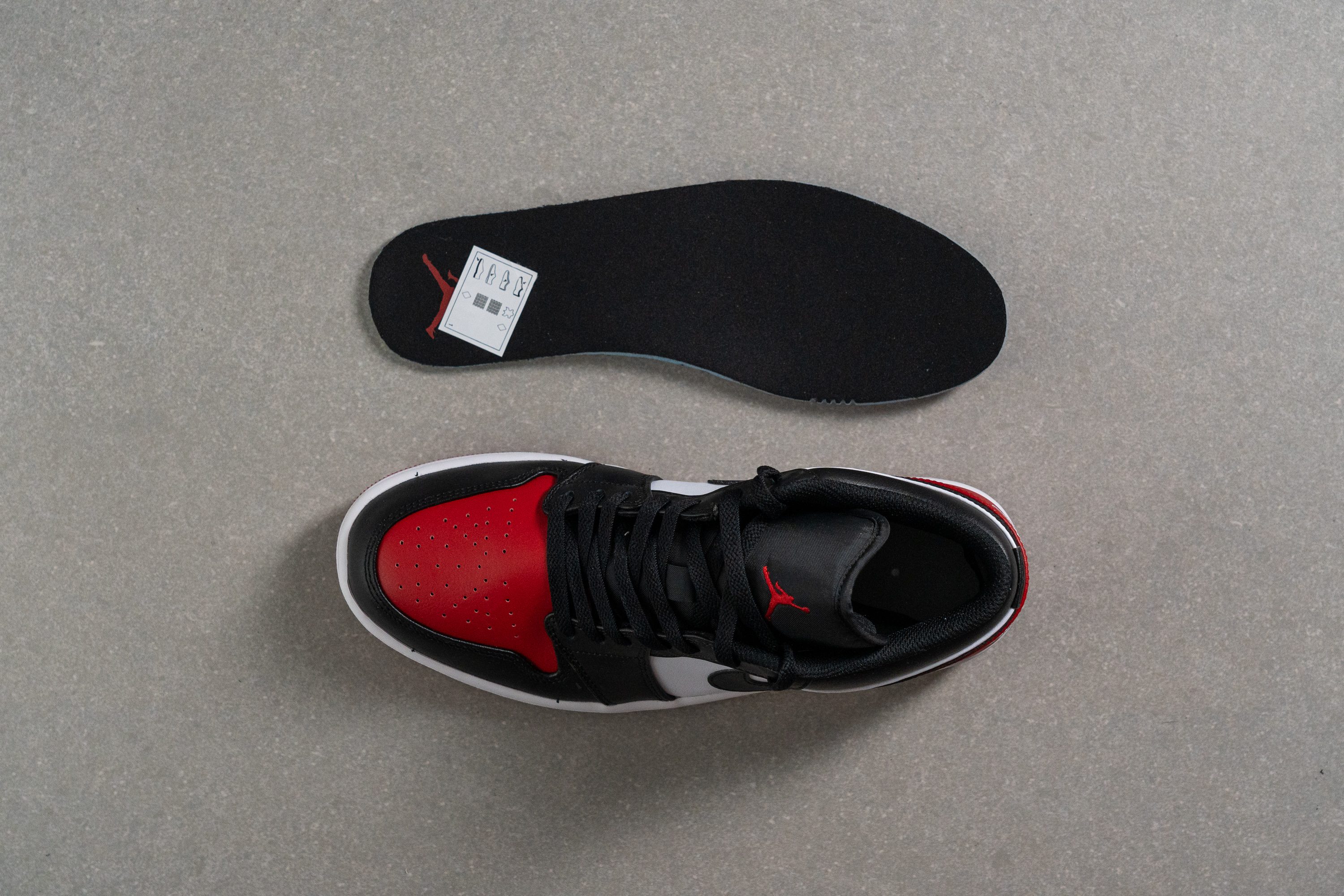
| Air 1 Low | Yes |
Reflective elements
The Air Jordan 1 Low comes without reflective elements.
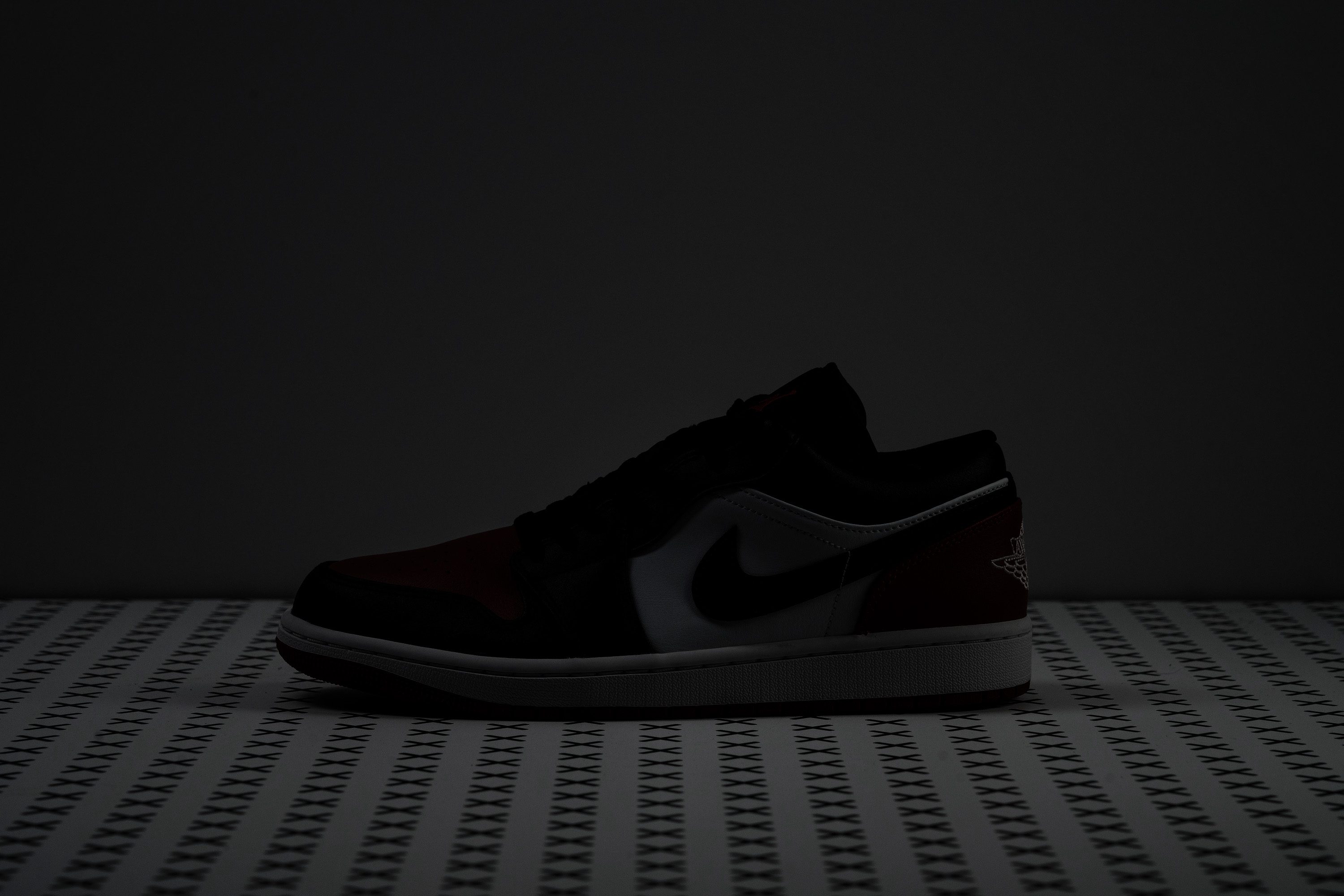
| Air 1 Low | No |
Tongue padding
The shoe treated the tops of our feet to a very well-padded tongue. Showing 15.9 mm on our calliper, it muted the lace pressure entirely.

| Air 1 Low | 15.9 mm |
| Average | 9.6 mm |
Tongue: gusset type
The tongue of the AJ1 Low doesn't have any attachments to the upper on the sides but it's not an issue. We didn't experience much tongue-shifting in this sneaker.
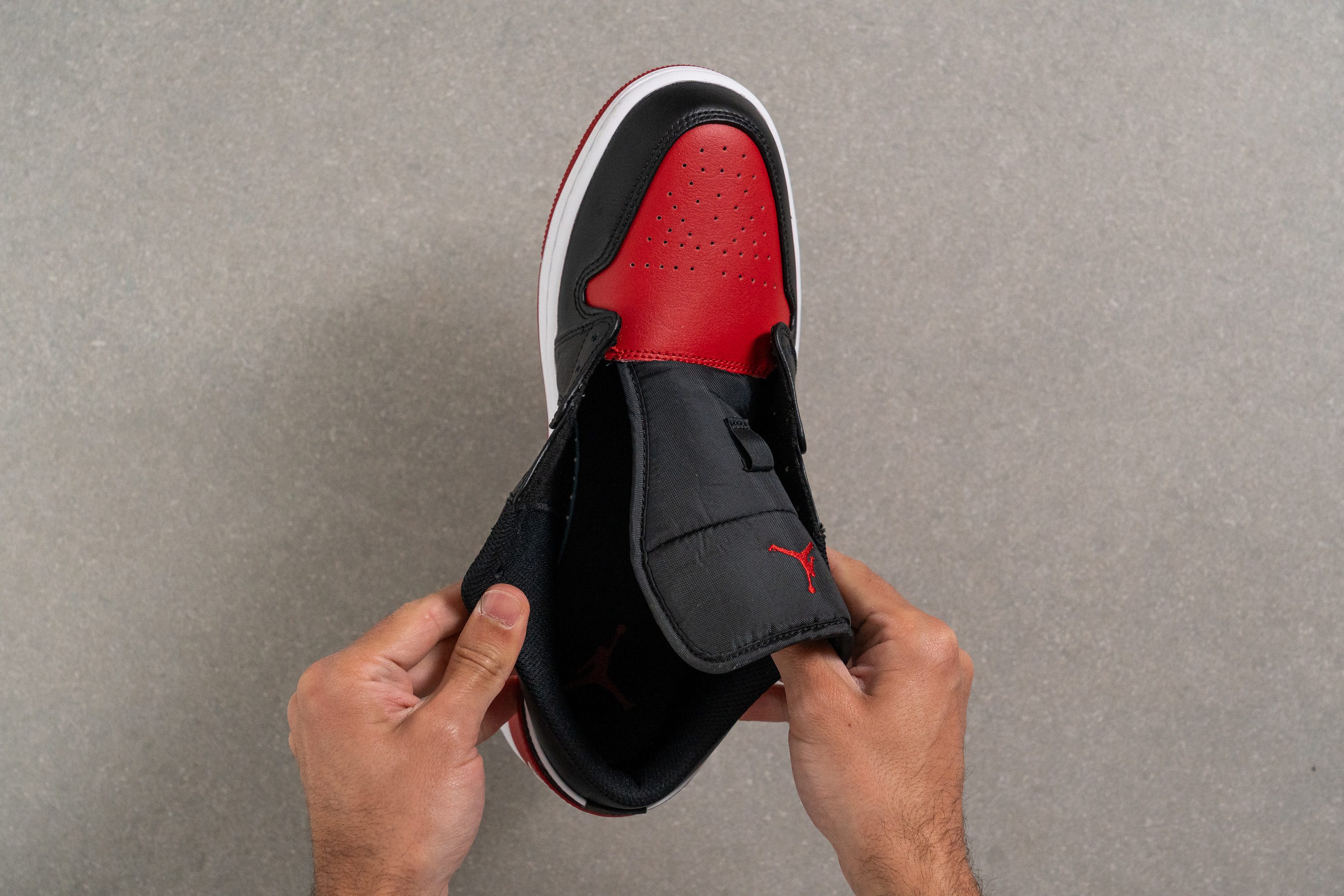
| Air 1 Low | None |
Heel tab
There are no pull tabs on finger loops on this sneaker. The AJ 1 Low is too cool for that!

| Air 1 Low | None |
Air Jordan 1 Low vs. Nike Dunk Low
Unless you are an experienced sneakerhead, it is very easy to mix the Air Jordan 1 Low with the Nike Dunk Low. The resemblance is striking!
Both designed by Peter Moore, these kicks have more similarities than differences.
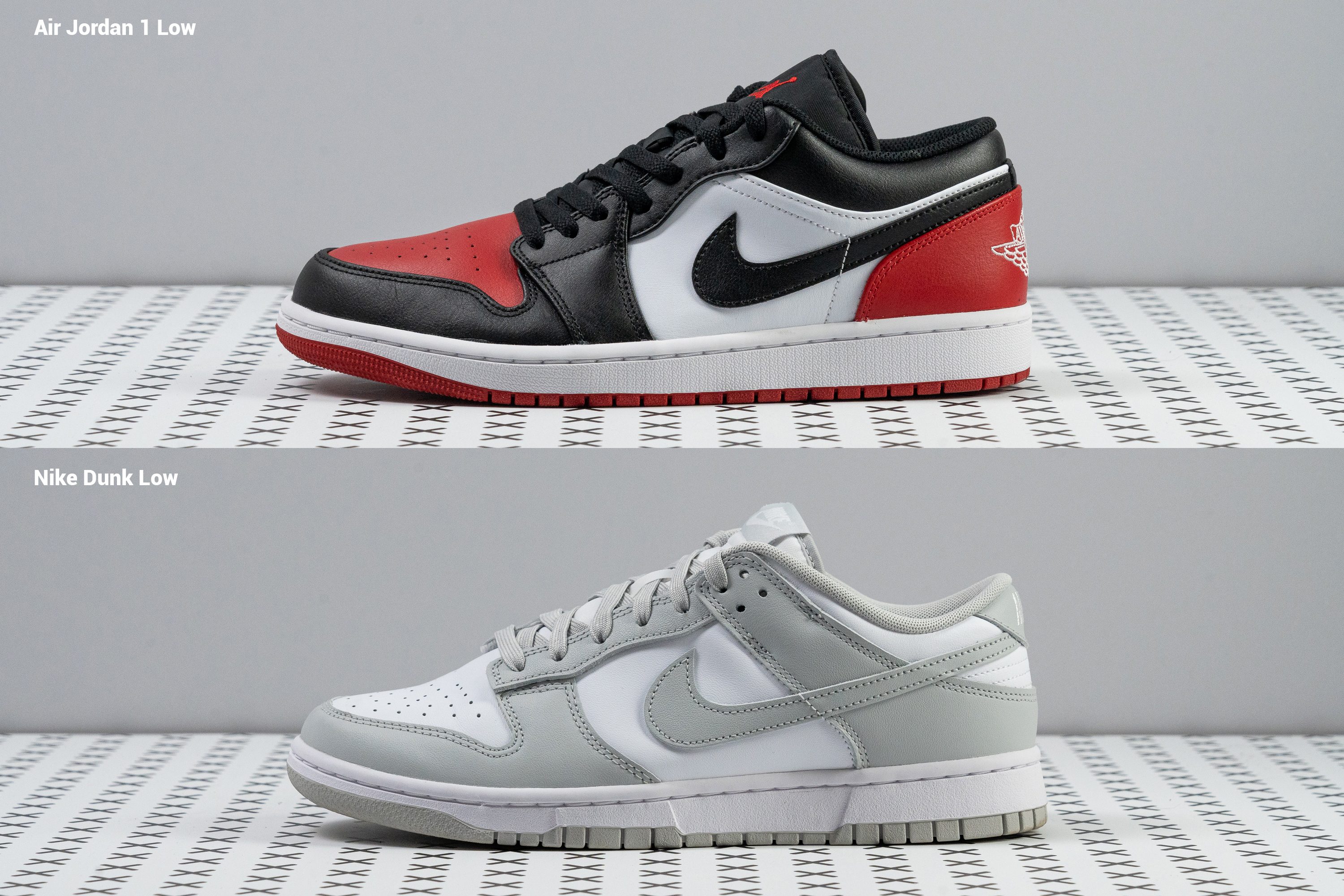
Nevertheless, there are a few notable features that set the two trainers apart:
- Zoom Air unit: The Nike Dunk Low does not have that technology. The Air Jordan 1 Low, on the other hand, carries that iconic Air-Sole tech that provides better cushioning than the traditional sole.
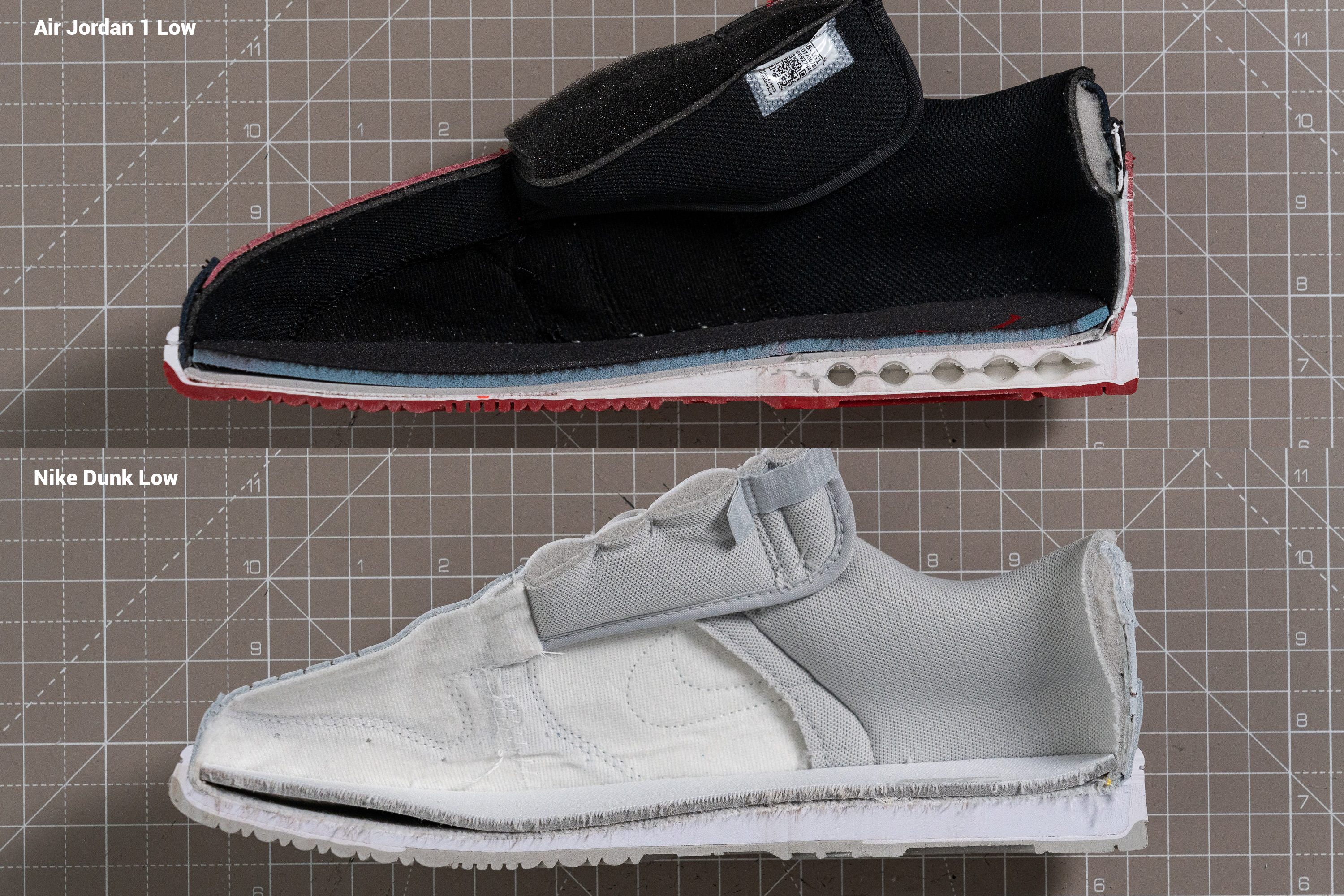
- On the Dunk, the Swoosh intersects the heel counter and heel tab. Meanwhile, the AJ Lows display various stitching panels on the heel with the Swoosh tail above the heel counter.
- The Air Jordan Low 1 flaunts the iconic Wing logo on its heel counter, while the Dunk Low also has the common Nike branding embroidered on its heel tab.
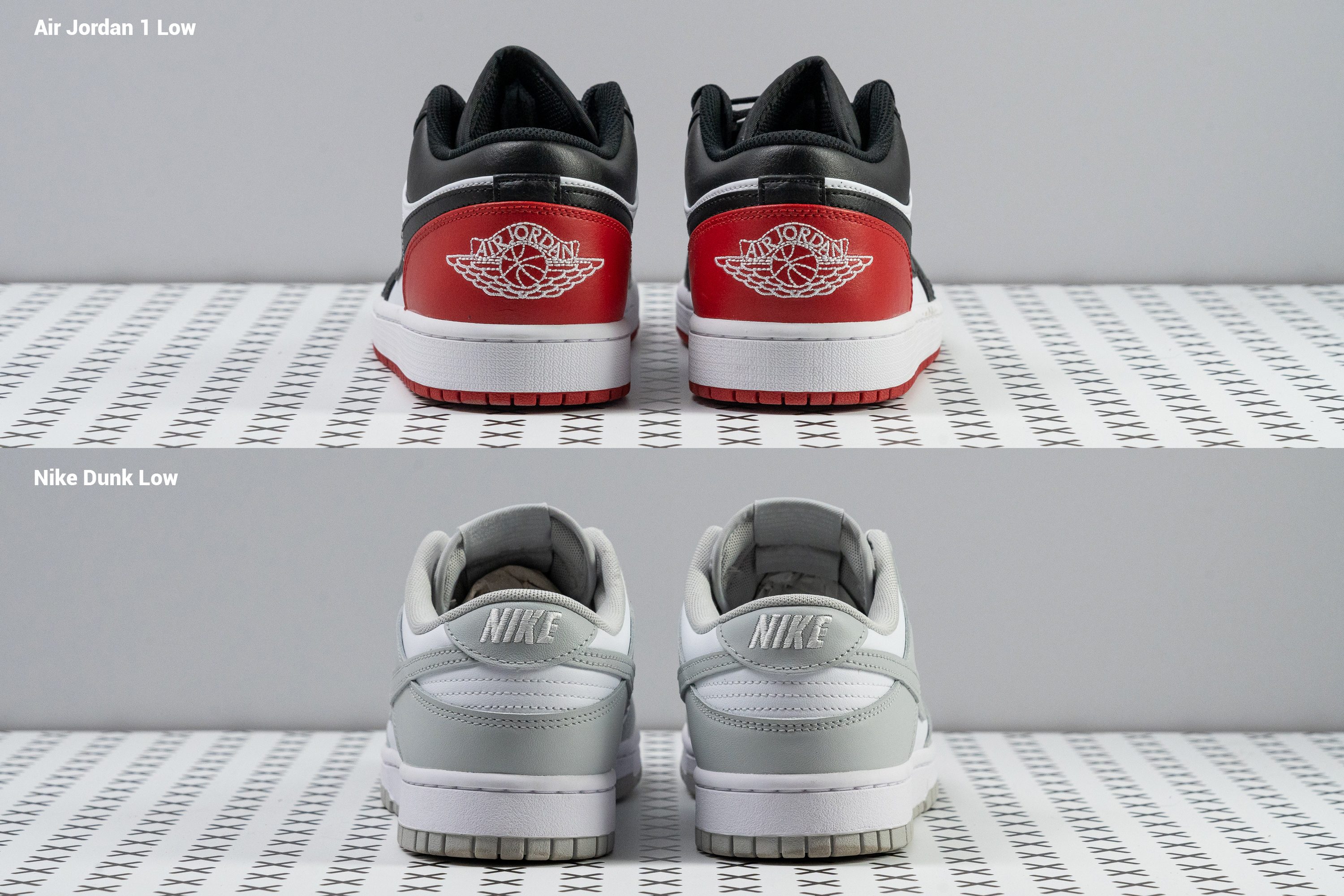
- The toebox shape of the Dunk Low is broader and taller, while the AJ 1 Low has a narrower, tapered profile. That's why we can't recommend the AJs to wide feet.
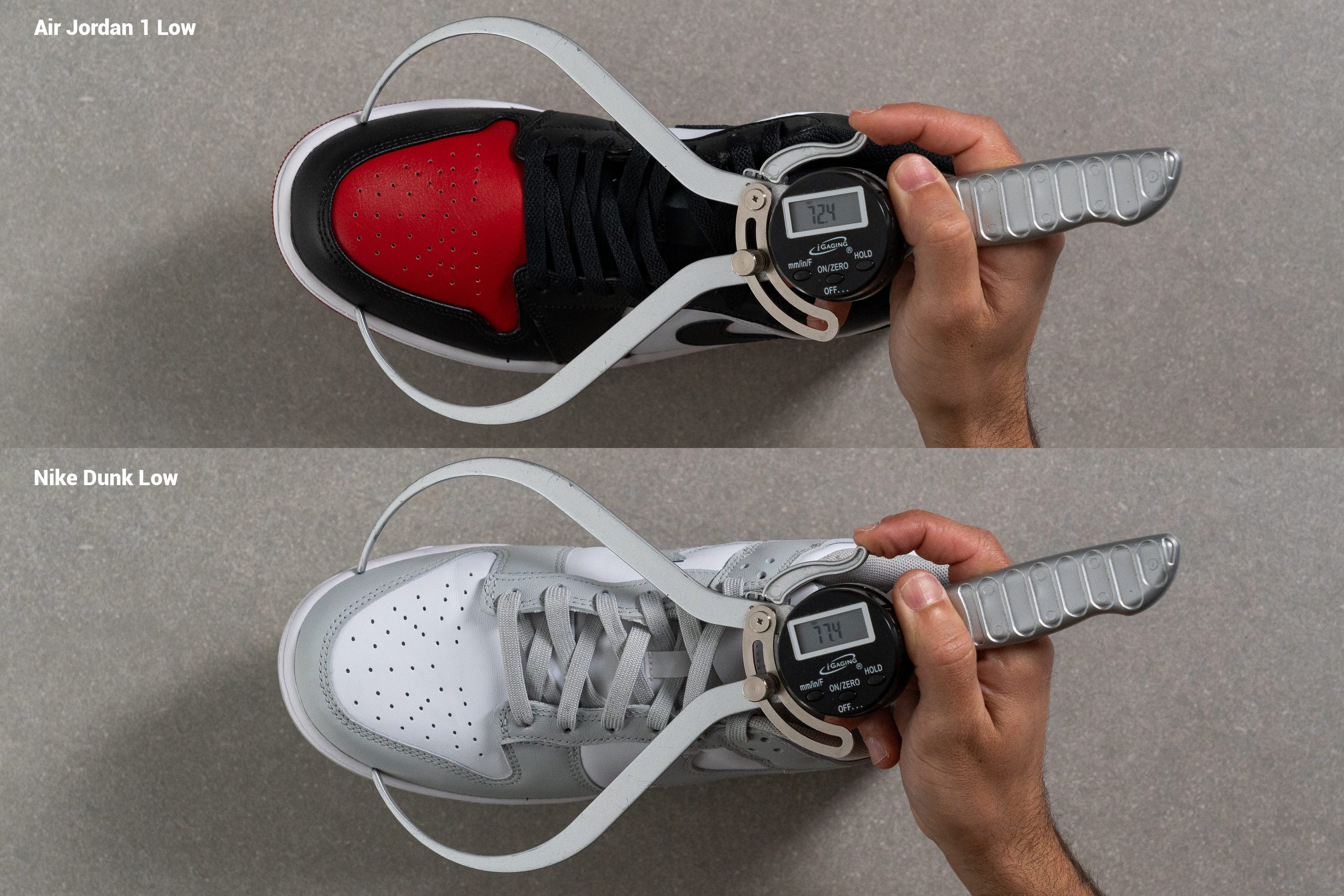
The origins of the Air Jordan 1 Low
The very first Air Jordan 1 sneaker saw light in 1985.
It was designed by Peter Moore, Tinker Hatfield, and Bruce Kilgore as a performance basketball shoe that catered to Michael Jordan when he played for the Chicago Bulls.
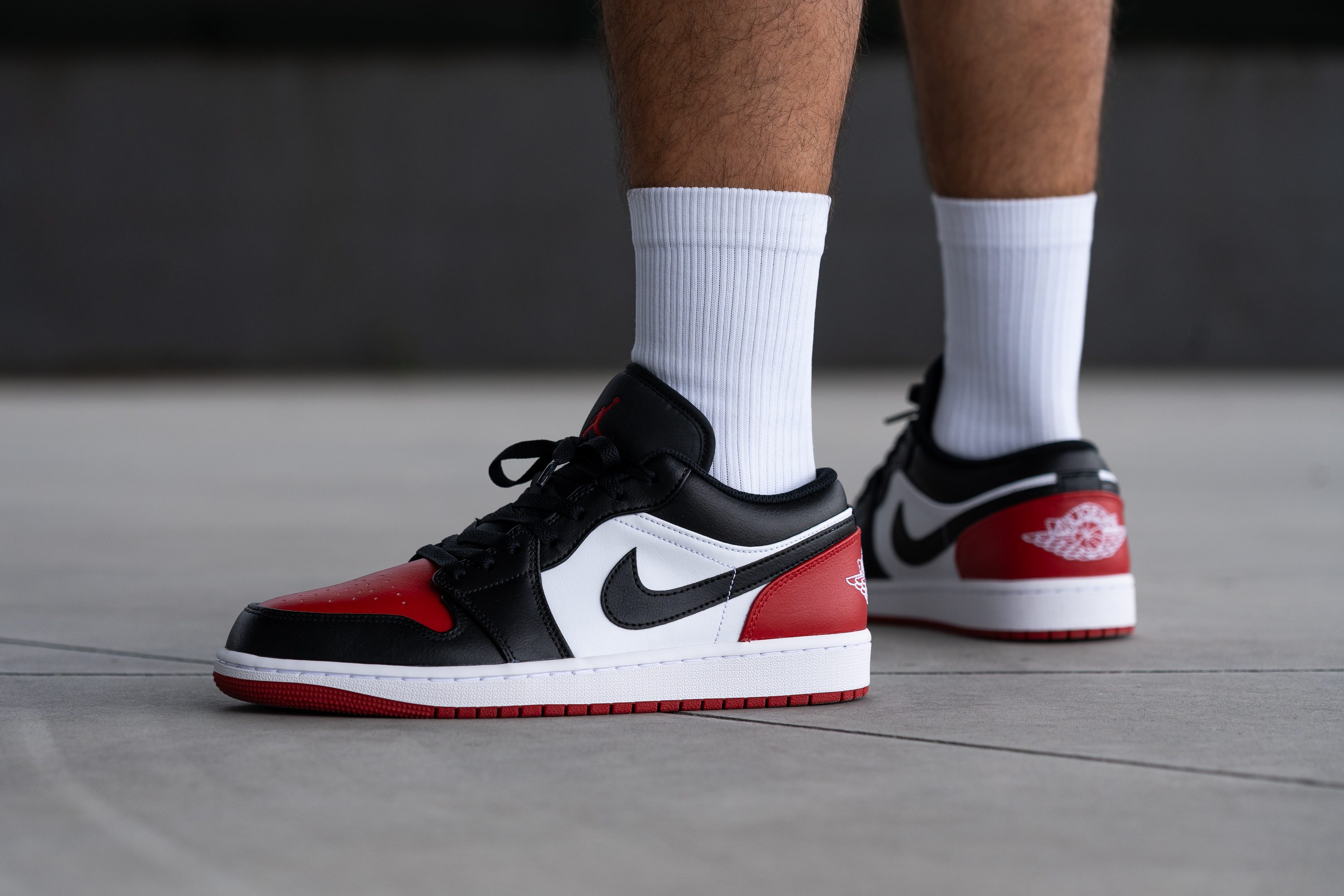
The name "Air Jordan" was suggested by Michael's agent David Falk. It reflected the athlete's graceful soar during his legendary dunk shots.
The idea of flying through the air also lies behind the shoe's famous Wings Logo.
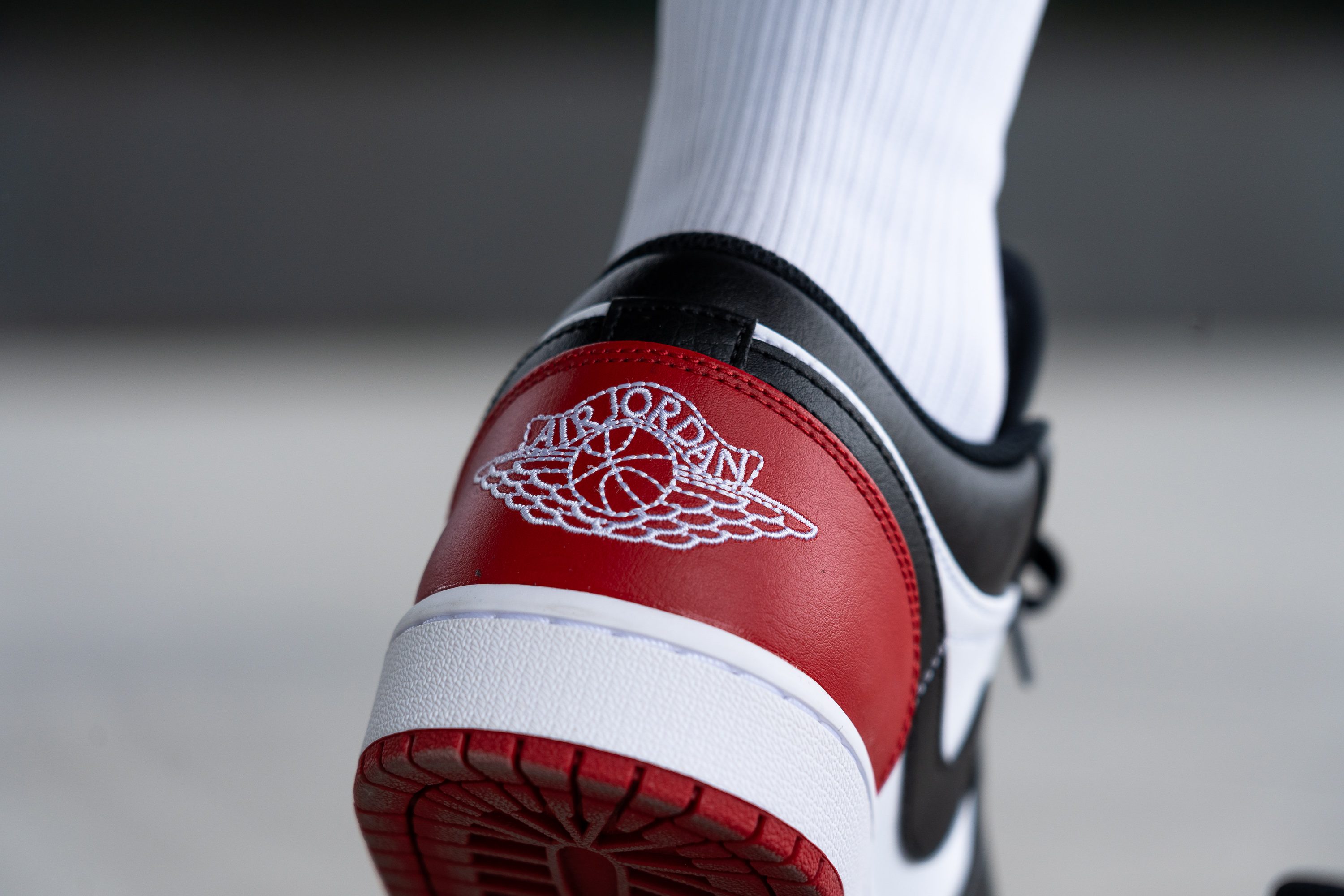
But the story of the Air Jordan 1 began with a scandal ignited by the now famous "Banned" colorway of the shoe.
According to NBA rules at the time, the shoe colours of all team players were supposed to match. However, Michael's pair of AJ 1s only had 23% of white as opposed to the 51% worn by the rest of his teammates. Nike had to pay a fine of $5,000 each time Michael played in his "BRED" pair.

It is a popular opinion, however, that Nike violated the rules on purpose to boost the crowd's interest in the newly released Jordan shoe.
Offered as a casual sneaker for the general public, the Air Jordan 1 earned the company over £150 million in sales from over 50,000 sold pairs.






























































